Kerala, a southern state in India, has been at the forefront of the country’s efforts to promote renewable energy and reduce its dependence on fossil fuels. With its abundant sunlight and high electricity demand, the state is well-suited for the adoption of solar energy systems, which can provide a clean, sustainable, and cost-effective alternative to traditional energy resources.
The solar subsidy scheme in Kerala is encouraging the use of solar energy among homeowners and housing societies. This type of financial aid significantly reduces the upfront solar panel cost in Kerala and increases the return on investment. Subsidies have made solar energy systems more accessible and affordable for a wide range of customers.
To avail solar subsidy in Kerala, the first step is to learn all about the eligibility criteria, application procedures, and benefits. Having the right information empowers a consumer to make informed decisions regarding the installation of solar energy systems on their property.
Solar Panel System Subsidy in Kerala
The Rooftop Solar Programme Phase – Ⅱ is a central government initiative in India that provides fixed financial aid to encourage the installation of grid-connected rooftop solar systems in residential properties, large villas, and housing societies. For example, a 5kW solar panel price in Kerala with subsidy is considerably lower than a 5kW solar panel price in Kerala that is not eligible under the subsidy scheme. These plants are regulated under the net metering guidelines. Net metering allows consumers to sell excess power generated by their solar system to the local grid and earn solar credits.
The recently introduced National Portal for Rooftop Solar has an important role in the processing and disbursement of solar panel subsidy in Kerala and all of India. The online portal provides a convenient, one-stop platform for consumers wanting to subsidize their solar panel price in Kerala. Under the simplified subsidy scheme, a fixed subsidy/CFA amount is offered based on your solar system size approved by the state DISCOM.
| Rooftop Solar System Capacity | Applicable Subsidy (₹) |
| Up to 3 kW | 18,000/kW |
| Above 3 kW and up to 10 kW | 9,000/kW* |
| Above 10 kW | 1,17,000** |
| Resident Welfare Associations (RWA) / Group Housing Societies (GHS) | Rs. 9,000/- per kW
For common facilities up to 500 kWp @ 10 kWp per house, with the upper limit being inclusive of individual rooftop plants already installed by individual residents in that GHS/RWA at the time of installation of RTS for common activity. |
| Note: *₹18,000/kW for the first 3 kW and ₹9,000/kW for the rest of the capacity up to 10 kW.
**The subsidy amount is fixed for rooftop solar systems above 10 kW capacity. |
|
Solar System price in Kerala
Do you know the solar panel price in Kerala? Here are some numbers showing how much various residential solar systems cost on the market. With capacities ranging from 1kWp to up to 10kWp for household use, the size of your property and its energy consumption requirements are the key factors determining the right type of home solar power system and the components required to fit you and your family.
| Solar System Size | Price Range (Estimated) |
| 1kW Solar System | Rs. 75,000 – 85,000 |
| 2kW Solar System | Rs. 1,50,000 – 1,70,000 |
| 3kW Solar System | Rs. 1,89,000 – 2,15,000 |
| 4kW Solar System | Rs. 2,52,000 – 2,85,600 |
| 5kW Solar System | Rs. 3,15,000 – 3,57,000 |
Solar System price in Kerala with subsidy
The solar subsidy scheme in Kerala is available through the National Portal for Rooftop Solar. The initiative subsidises on-grid solar systems for households across all states of India. Eligible consumers can apply for subsidy online by registering on the portal from the comfort of their homes.
The Government of India offers a fixed amount of financial aid per kilowatt across the different capacity ranges. If you are considering solar energy for domestic use, you can expect the following on-grid solar system price in Kerala with subsidy.
| Solar System Size | Estimated Price Range | Subsidy Applicable | Prices After Subsidy |
| 1kW Solar System | Rs. 75,000 – Rs. 85,000 | Rs. 18,000 | Rs. 57,000 – Rs. 67,000 |
| 2kW Solar System | Rs. 1,50,000 – Rs. 1,70,000 | Rs. 18,000 x 2 = Rs. 36,000 | Rs. 1,14,000 – Rs. 1,34,000 |
| 3kW Solar System | Rs. 1,89,000 – Rs. 2,15,000 | Rs. 18,000 x 3 = Rs. 54,000 | Rs. 1,35,000 – Rs. 1,61,000 |
| 4kW Solar System | Rs. 2,52,000 – Rs. 2,85,600 | Rs. 18,000 x 3 + Rs. 9,000 x 1 = 63,000 | Rs. 1,89,000 – Rs. 2,22,600 |
| 5kW Solar System | Rs. 3,15,000 – Rs. 3,57,000 | Rs. 18,000 x 3 + Rs. 9,000 x 2 = Rs. 72,000 | Rs. 2,43,000 – Rs. 2,85,000 |
| 10kW Solar System | Rs. 5,31,000 – Rs. 6,07,000 | Rs. 1,17,000 | Rs. 4,14,000 – Rs. 4,90,000 |
Steps to Apply for a Subsidy in Kerala
To install a grid-tied rooftop solar system under the simplified procedure, homeowners are required to apply through the National Portal for Rooftop Solar. All applications for Kerala solar subsidy or anywhere in India can be easily submitted on this online portal for fast, efficient, and transparent processing.
Step-1: The first step is to download the SANDES app and create your account on the National Portal. The applicant must carefully select the local DISCOM company and provide the current electricity connection details along with an active email id and mobile number.
Step-2: As a registered user, you can log into your account and submit your application for solar panel subsidy in Kerala for your intended installation of a grid-connected rooftop solar system. The applicant is now required to disclose further details such as an address, name on the electricity bill, the capacity of the proposed RTS plant, and details of an existing solar system (if any). Also, keep a copy of your latest electricity bills for submission.
Step-3: Your subsidy application is transferred to your local DISCOM company for technical feasibility approval. It’s recommended that you commence your rooftop solar installation only after receiving the technical feasibility (TFR) approval.
Step-4: Once you have the TFR approval, the MNRE subsidy guidelines mandate that applicants only hire a registered or empanelled solar vendor to complete the RTS installation. The registered vendors have the training to uphold the specified minimum technical specifications and standards in every installation as required under the subsidy guidelines.
When choosing solar components, you can select ones of higher quality/efficiency rating. To be eligible under the solar subsidy scheme in Kerala, it is important to choose domestically-manufactured solar modules as listed in the ALMM. The solar inverter must be BIS-certified. Also, the MNRE recommends that the applicant and the chosen vendor sign the model agreement which is designed to protect consumers’ interests. All the relevant documents can be accessed under the Help Document section on the National Portal.
Also, empanelled vendors are obligated to provide 5 years of comprehensive maintenance on the residential on-grid RTS plants installed by them.
Step-5: After your RTS plant has been set up, submit the complete project details for inspection and net-metering process. The project details include wattage, type, and number of solar modules used, type and wattage of solar inverter used, solar vendor’s name, the installed system’s photograph, etc. The applicant is required to apply for net metering and to follow the instructions provided by the local DISCOM for the payment of the net-metering fee and other formalities as applicable.
Step-6: The assigned DISCOM authority will visit the site to inspect the system and integrate the net-meter mechanism. The inspection involves ensuring that the minimum technical specifications and standards are fulfilled in your RTS installation.
Step-7: A successful inspection visit leads to the issuance of a commissioning certificate. The certificate is generated online upon the approval of your local DISCOM and can be accessed by logging into the online portal.
Step-8: You can now easily receive the approved solar subsidy in Kerala by submitting bank details and a copy of the cancelled cheque on the online portal. A fund-handling agency responsible for central Government subsidy disbursement transfers the approved subsidy amount directly into the bank account within 30 days post installation.
Benefits of Solar Panel Subsidy in Kerala
The scheme for Kerala solar subsidy provides various benefits to consumers, including
Reduced cost: A homeowner considering a 5kW on-grid solar system price in Kerala can find better deals by factoring in solar subsidy. Subsidy reduces the upfront financial burden of switching to solar, making solar electricity more affordable for households.
Energy independence: Solar systems become the primary source of electricity supply for your home. As you meet a majority of your daily energy needs from your on-site solar system, your dependence on grid-supplied electricity is reduced.
Environmentally friendly: Solar energy is a clean and green source of electricity, reducing greenhouse gas emissions and other forms of pollution. The government subsidy scheme aims to lower the solar system price in Kerala so that small to extensive residential properties can adopt solar and contribute to the country’s target of 40 GW by March 2026.
Process for installing Solar System in Kerala
The process for installing a solar system in Kerala can be summarised as follows:
Assess the energy needs: Determine the energy needs of your home or business, including the required capacity of the solar system, daily electricity usage, peak load, and other factors. These factors enable you to find competitive on-grid solar system prices in Kerala.
Choose a vendor: Research and choose a reputable vendor or installer of solar systems in Kerala, considering factors such as experience, quality of components used, and price.
Site survey: The vendor will conduct a site survey to assess the feasibility of installing a solar system at the location, considering factors such as roof space, shading, and orientation.
Design and proposal: The vendor will design a solar system customised to your energy needs and provide a detailed proposal outlining the system capacity, components used, cost, and expected performance. The vendor also helps you understand what constitutes your final 5kW solar system price in Kerala or any other system capacity for that matter.
Apply for subsidy: If applicable, apply for the subsidy under the relevant solar subsidy scheme in Kerala and obtain necessary approvals from the implementing agency.
Obtain necessary permissions: Obtain necessary permissions from the local authorities, including building permits, electrical permits, and site approvals.
Installation: The solar system will be installed by the vendor, including the mounting of solar panels, installation of inverters, and connection to the electrical grid or battery bank.
Commissioning: The solar system will be commissioned by the DISCOM authorities after ensuring that it is properly connected, functioning, and generating electricity as per design.
Maintenance and monitoring: The vendor will provide maintenance and monitoring services for at least 5 years to ensure the optimal performance of the solar system over its lifetime.
It is important to choose a reputable vendor, follow all necessary procedures and guidelines, and ensure that the solar system is properly installed and commissioned for safe and reliable operation.
What is net metering?
Net metering is a billing arrangement that allows solar energy system owners to receive credits or compensation for the excess electricity they generate and export to the grid. It is designed to regulate the interaction between solar panels and the grid. Under net metering, the solar energy system is connected to the electric grid, and any excess electricity generated by the system that is not immediately consumed by the owner is exported to the grid. The owner receives credits or compensation for this excess electricity, which can be used to offset their electricity bills. It’s mandatory to connect your solar system to the grid as per the solar subsidy scheme in Kerala.
The credits or compensation are typically calculated based on the difference between the amount of electricity generated and the amount of electricity consumed by the owner over a given period, such as a month. If the solar energy system generates more electricity than is consumed, the excess energy is transferred to the grid. If the system generates less than what is consumed in your home, the owner pays the difference at the retail rate.
How to apply for a net meter in Kerala?
Only eligible consumers can seek subsidy on 3kW solar panel price in Kerala or any system capacity up to 500kW. To apply for a net meter in Kerala, you can follow these steps:
Step 1 – Portal Registration: Register on the Solar Rooftop Portal – KSEB to Apply
Step 2 – Application: Select ‘Apply With Subsidy’ or ‘Apply Without Subsidy’. Only eligible consumers can apply for the subsidy. Fill and submit the application form online and remit ‘Application Fees’.
Step 3 – Technical feasibility: Technical Feasibility Review by KSEB.
Step 4 – Plant registration: Submit Documents and remit the registration fee.
Step 5 – Installation: Start the system installation after successful registration of the system and complete it within one year.
Step 6 – PCR submission: Submit the ‘Project Completion Report’ online and upload supporting documents along with the energization certificate from Kerala Electrical Inspectorate.
Step 7 – Intimation of testing date: Review of documents and Intimation of the testing date.
Step 8 – Testing: KSEB officers shall visit the site and test the SPV system installed.
Step 9 – Issuance of Test Certificate: The test certificate will be issued after the completion of testing successfully.
Step 10 – Agreement and meter installation: Agreement signing, meter installation and joint inspection.
Step 11 – PCR submission to MNRE: KSEB shall submit PCR to the MNRE SPIN portal.
Conclusion
In conclusion, the schemes for solar panel subsidy in Kerala provide an opportunity for homeowners and housing societies to transition to clean and sustainable energy sources, while also enjoying financial benefits and contributing to the reduction of carbon emissions. By availing the subsidies, individuals and entities can significantly reduce their initial investment costs and increase their system’s return on investment. It also promotes the growth of the solar energy industry and creates new job opportunities.
It is important to note that the subsidies are subject to eligibility criteria and availability, and the procedures for applying for and obtaining the subsidies can vary depending on the scheme and the implementing agency. Therefore, it is advisable to do thorough research and seek guidance from trusted experts before making any decisions regarding solar panel installation and subsidy applications in Kerala.
Frequently Asked Questions
What kind of solar panels and inverters are utilised in this system of subsidies?
Solar panels and inverters are of high quality in accordance with MNRE and KSEBL standards. They comply with ALMM criteria and BIS (Bureau of Indian Standards) requirements and are brands that have been given government approval following rigorous quality checks.
How can I determine the amount of solar energy I’ll need?
You may want a solar system that can supply all the electricity you require on an annual basis. A 1kWp solar power plant typically produces 90 to 120 units of electricity per month. Therefore, to get an approximate idea of the capacity of a solar power plant needed in your home, divide the consumed units on your electricity bills by 90 or 120. Examine your invoices from the past year or longer to calculate how much electricity you use. You can even ask a solar company for assistance or better yet, a price estimate.
Who is eligible for the solar subsidy scheme in Kerala?
The National Portal for Rooftop Solar outlines the eligibility criteria for solar panel subsidies in Kerala. These criteria are standard for all consumers across India. The 1kW solar panel price in Kerala with subsidy depends on factors such as the type of solar system, the technical specifications, and the safety standards. The subsidies are typically available to homeowners and housing societies that meet the eligibility criteria and comply with the application procedures.
What is the difference between grid-connected and off-grid solar panel systems?
Grid-connected solar panel systems allow both the export and import of electricity between your home and the grid. An off-grid solar panel system is not connected to the grid and relies on battery storage for electricity. Both systems have their advantages and disadvantages, and the choice depends on factors such as electricity demand, availability of grid connection, and cost. In an on-grid framework, you can avail subsidy on your 2kW solar system price in Kerala whereas the subsidy is not available if you opt for solar batteries and go off the grid.
Can I install solar panels on a rented property in Kerala?
Yes, it is possible to install solar panels on a rented property in Kerala, but it requires the cooperation and consent of the property owner or landlord. In some cases, the installation of solar panels may increase property value and appeal and may lead to lower electricity bills, which can benefit both the tenant and the landlord.





 A Comprehensive Guide to Open Access...
A Comprehensive Guide to Open Access... 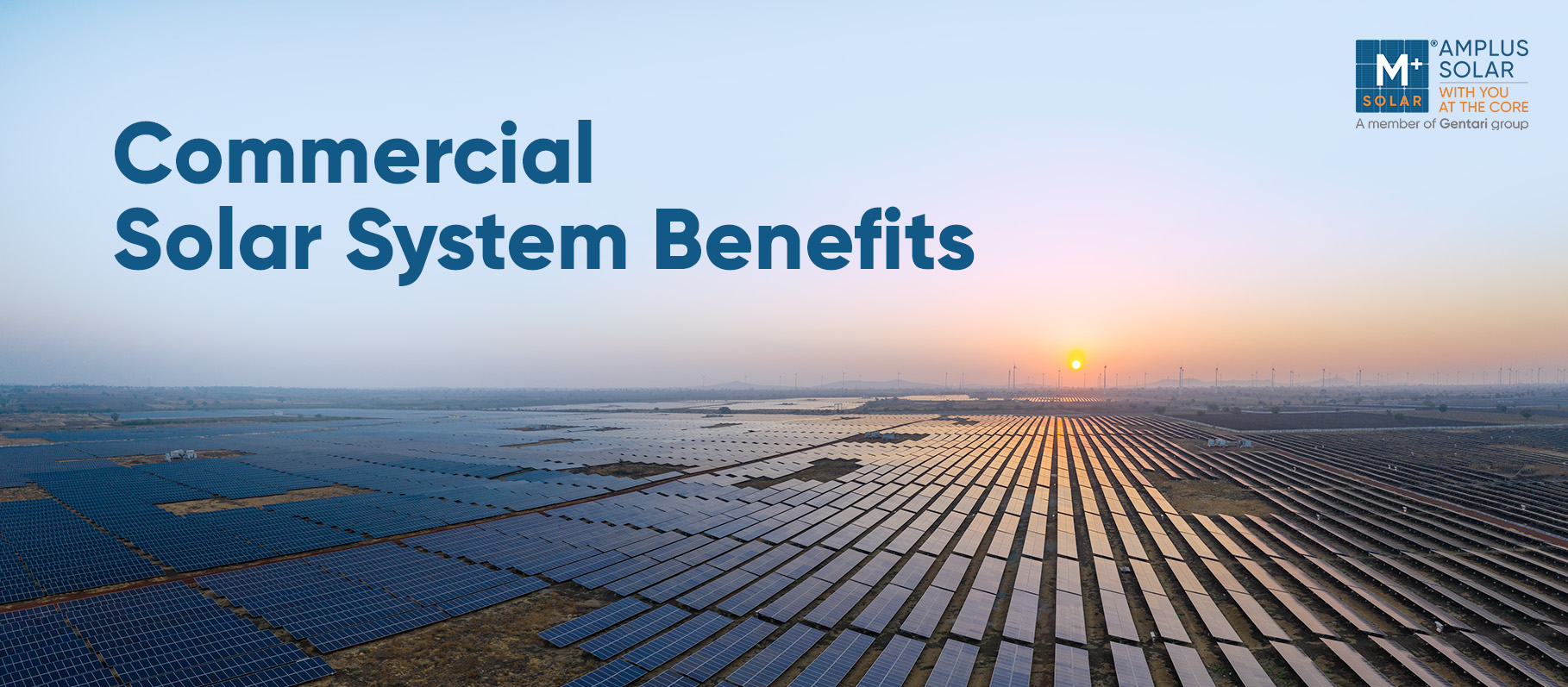 Commercial Solar System Benefits
Commercial Solar System Benefits 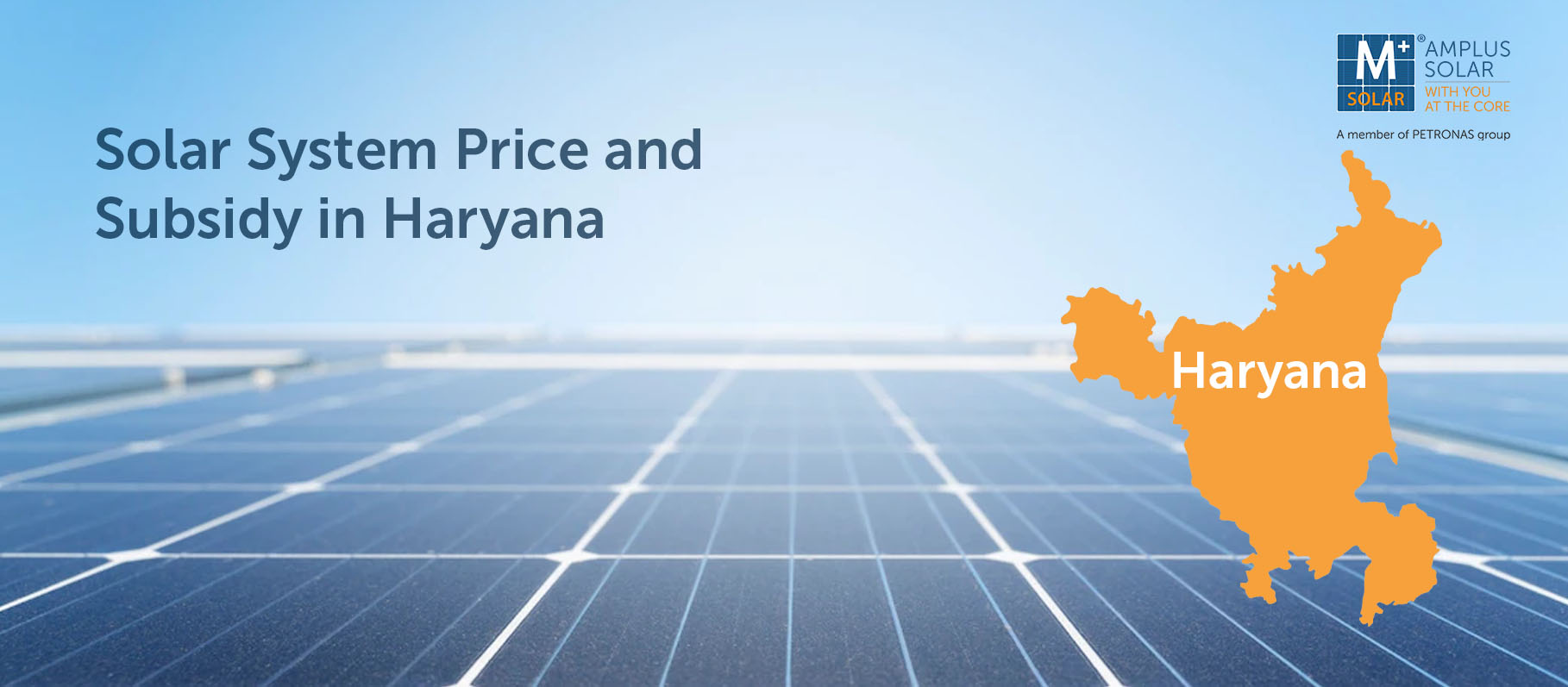 Complete Details About Solar System Price...
Complete Details About Solar System Price...  What Is Open Access in Power...
What Is Open Access in Power... 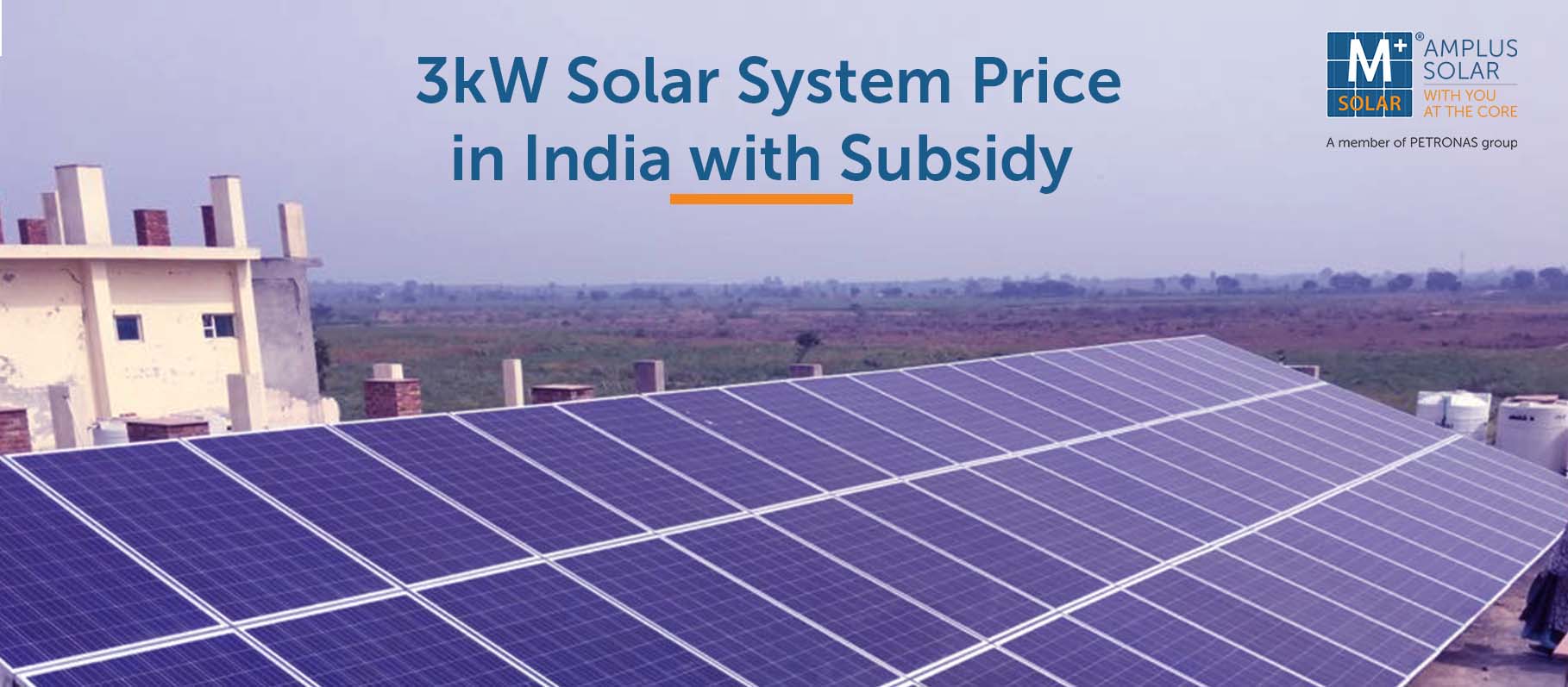 3kW Solar Panel System: Price in...
3kW Solar Panel System: Price in... 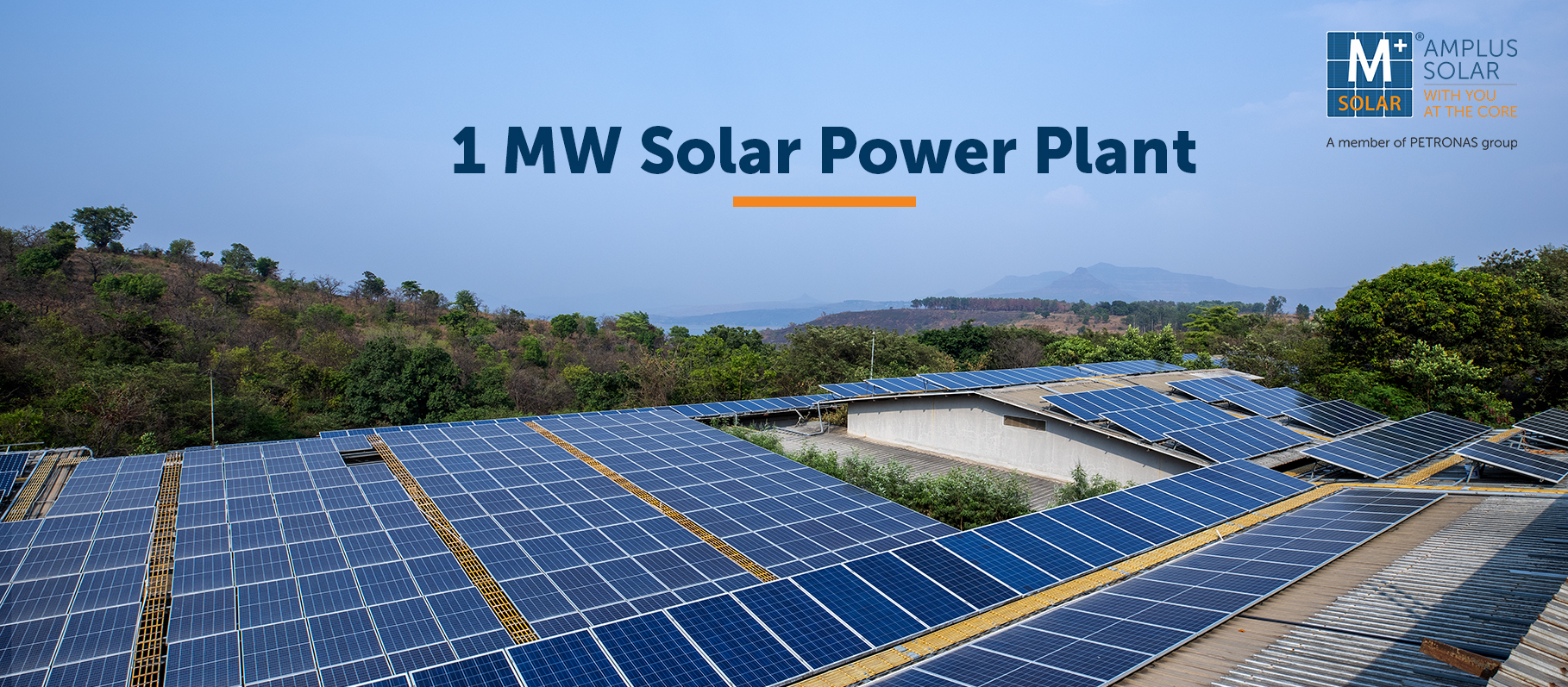 All About 1 MW Solar Power...
All About 1 MW Solar Power...  1kW Solar Panel System Price in...
1kW Solar Panel System Price in...  Home Solar Panel System Installation Cost...
Home Solar Panel System Installation Cost... 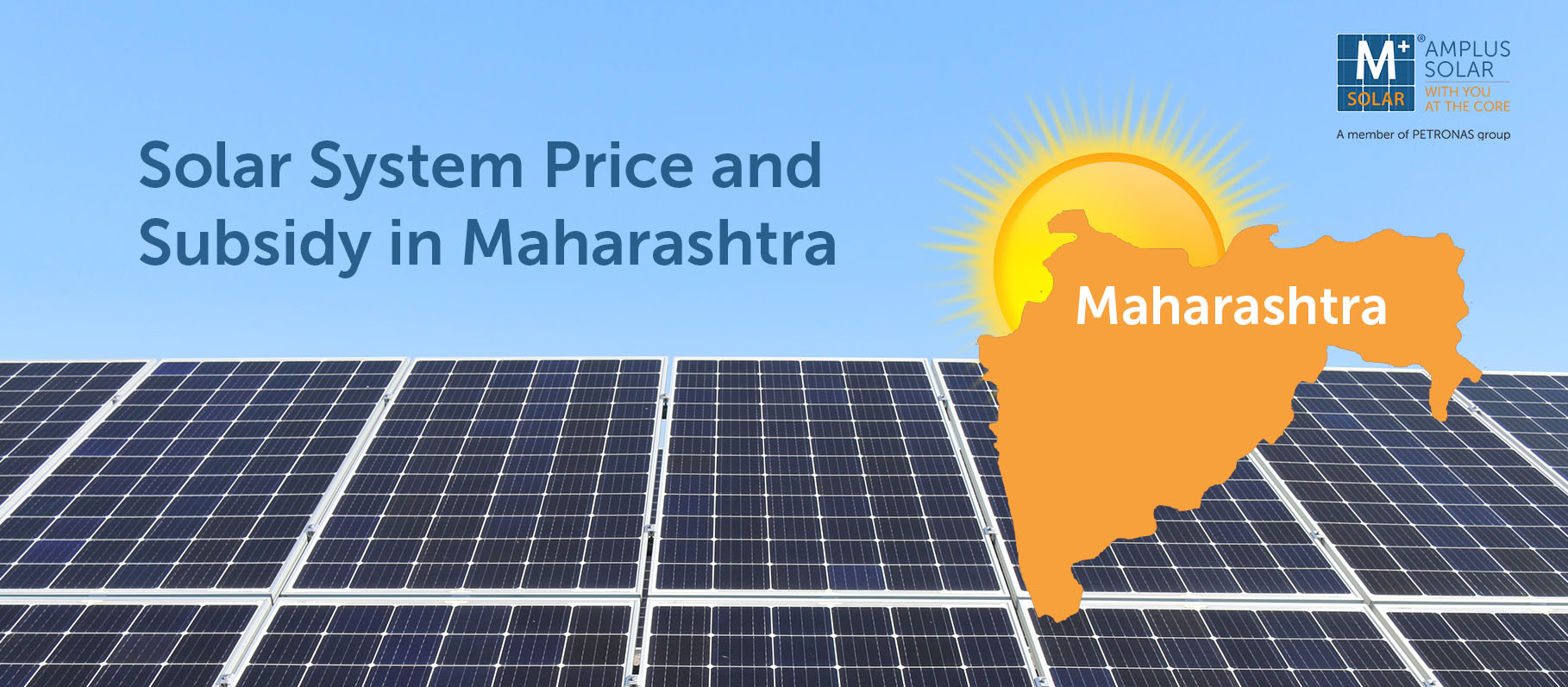 Solar System Price and Subsidy in...
Solar System Price and Subsidy in... 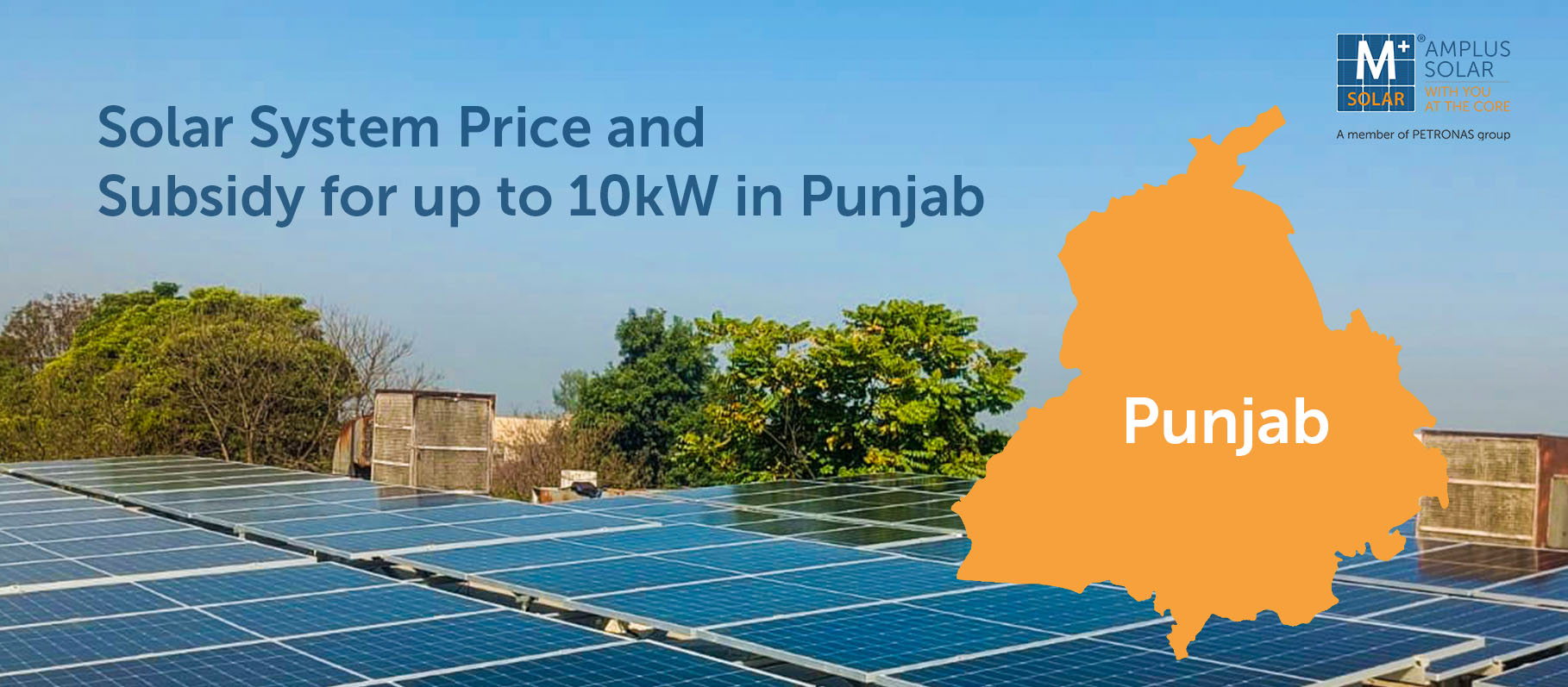 Complete Details About Solar System Price...
Complete Details About Solar System Price... 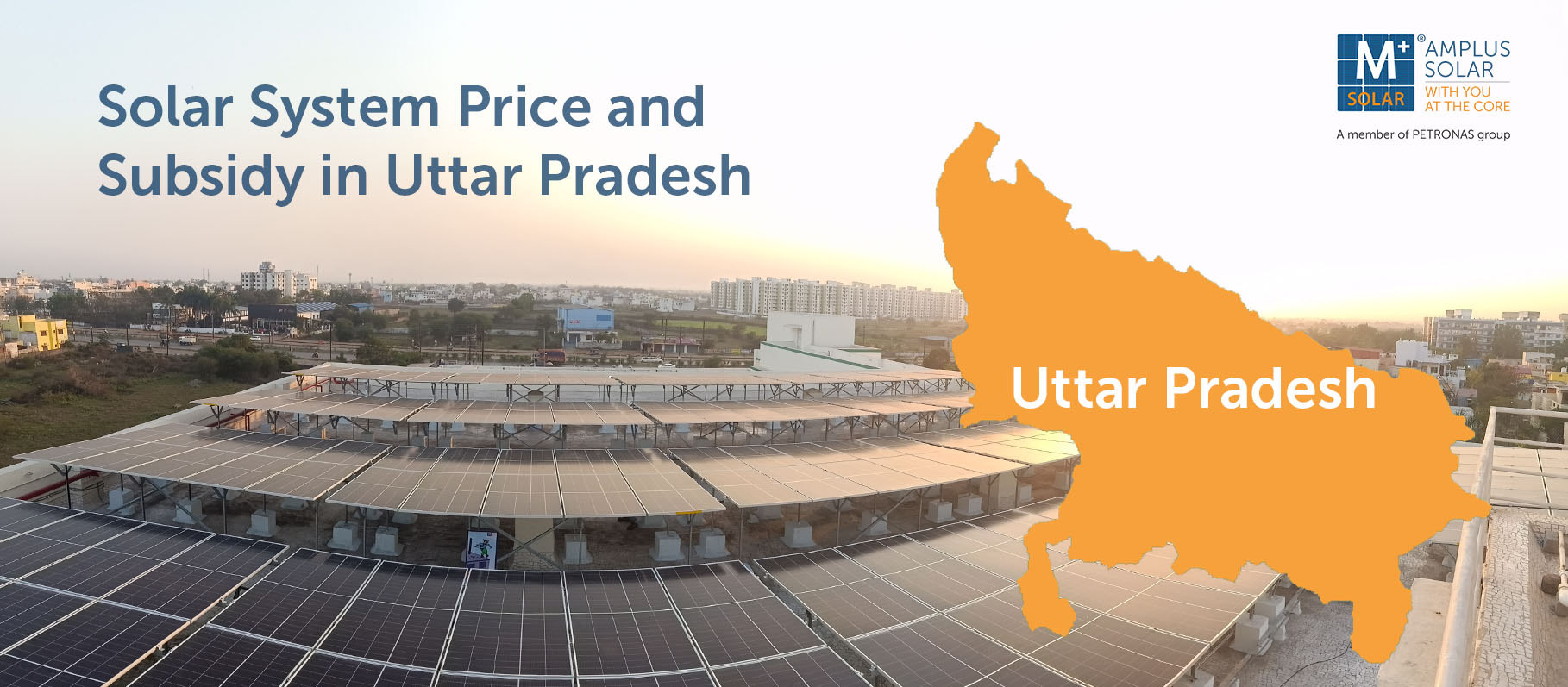 All About Solar System Price and...
All About Solar System Price and... 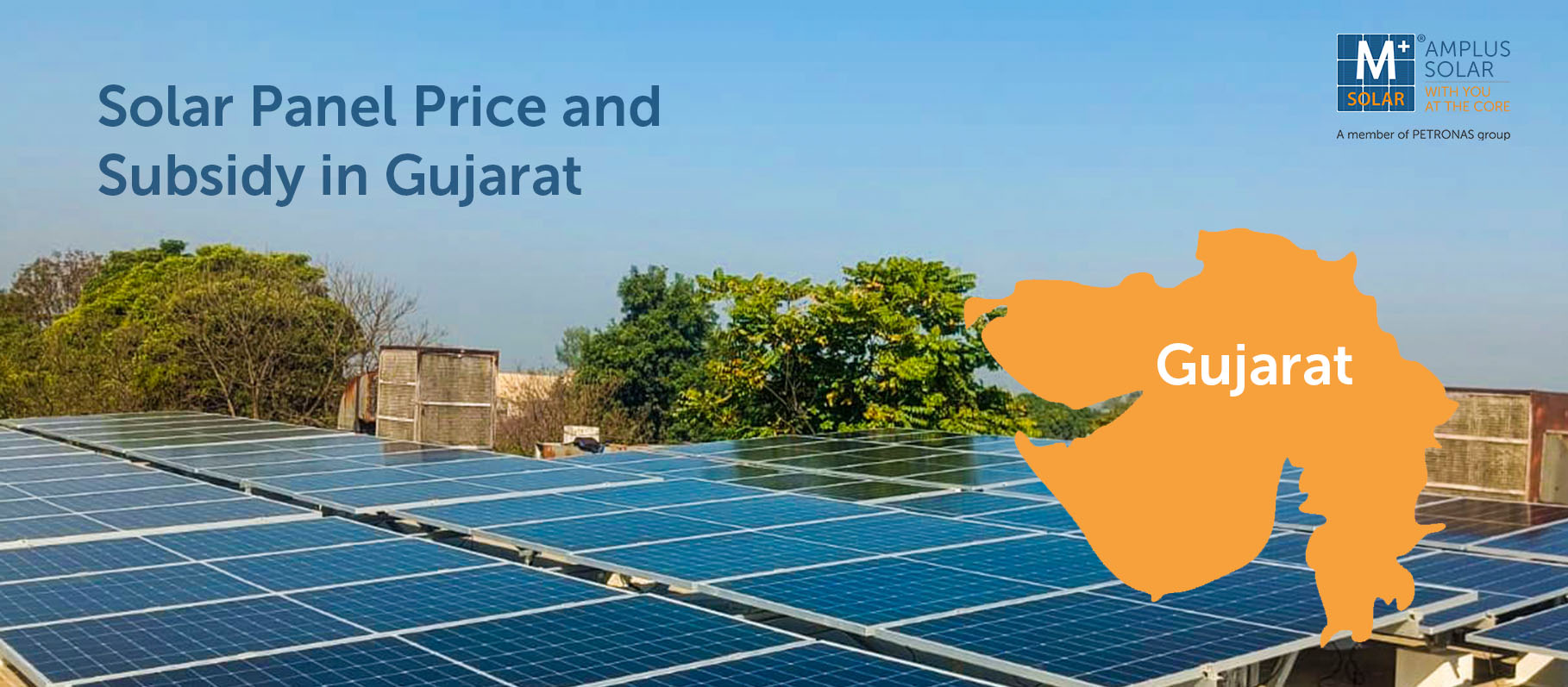 All About Solar Panel System Price...
All About Solar Panel System Price...  Know More About Solar Panel System...
Know More About Solar Panel System... 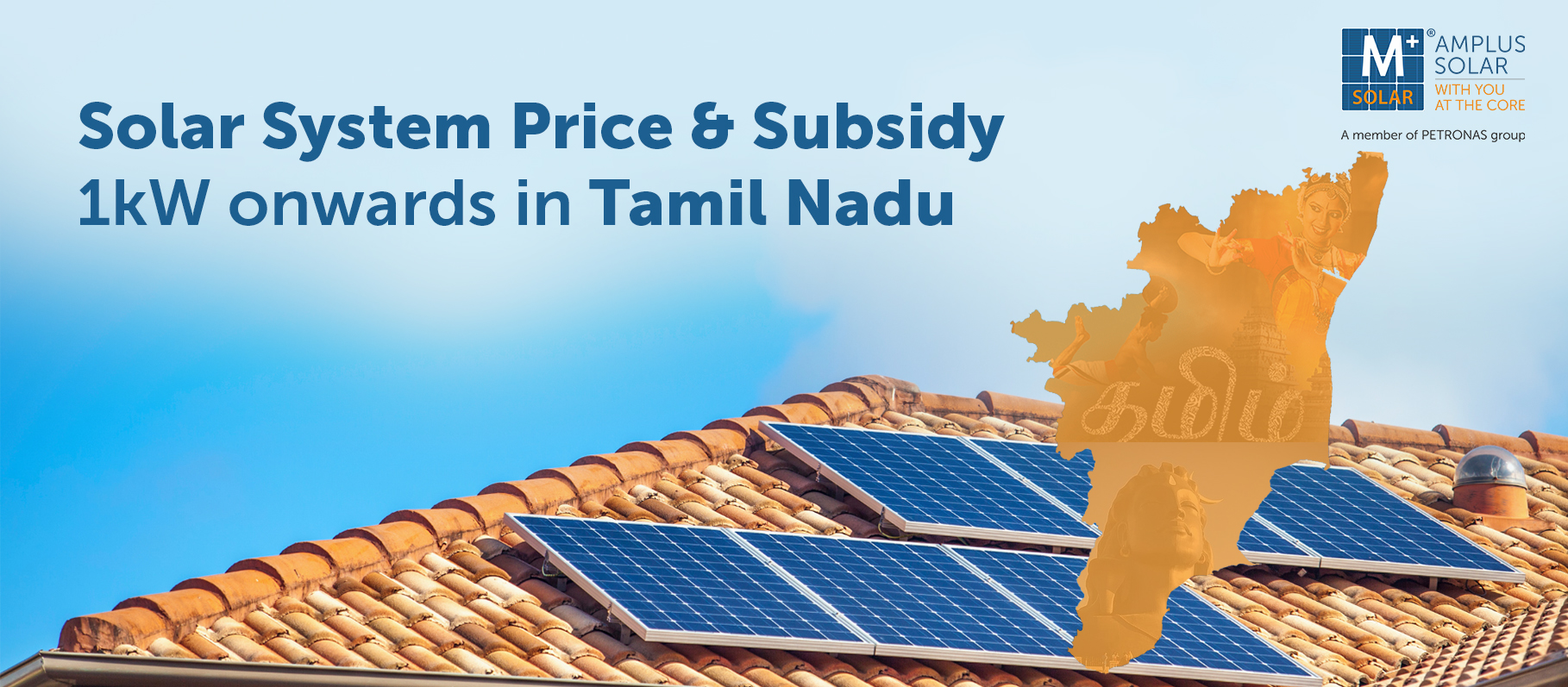 Solar System Price and Subsidy in...
Solar System Price and Subsidy in...  Know More About Solar System Price...
Know More About Solar System Price... 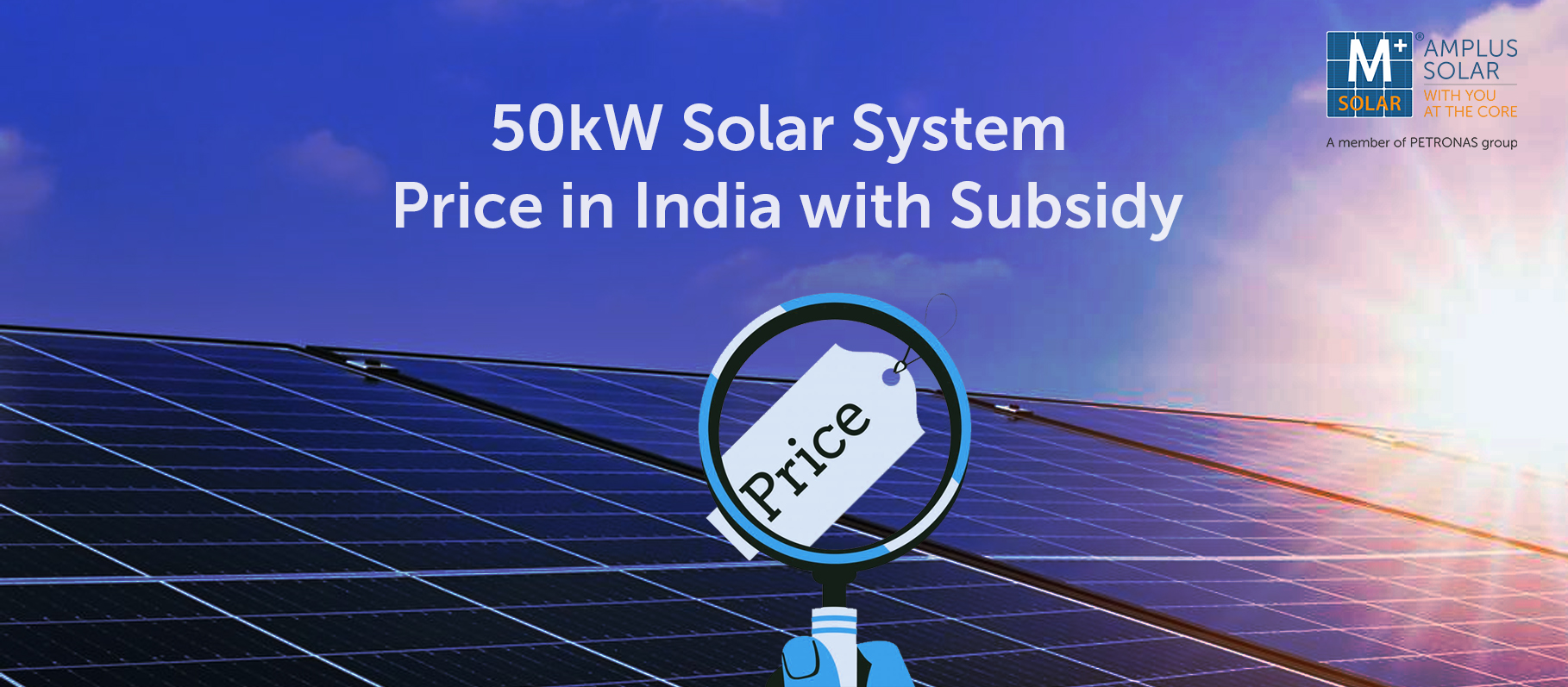 About 50kW Solar System: Price in...
About 50kW Solar System: Price in...  30kW Solar Panel System Price in...
30kW Solar Panel System Price in...  All About 5kW Solar System: Price,...
All About 5kW Solar System: Price,... 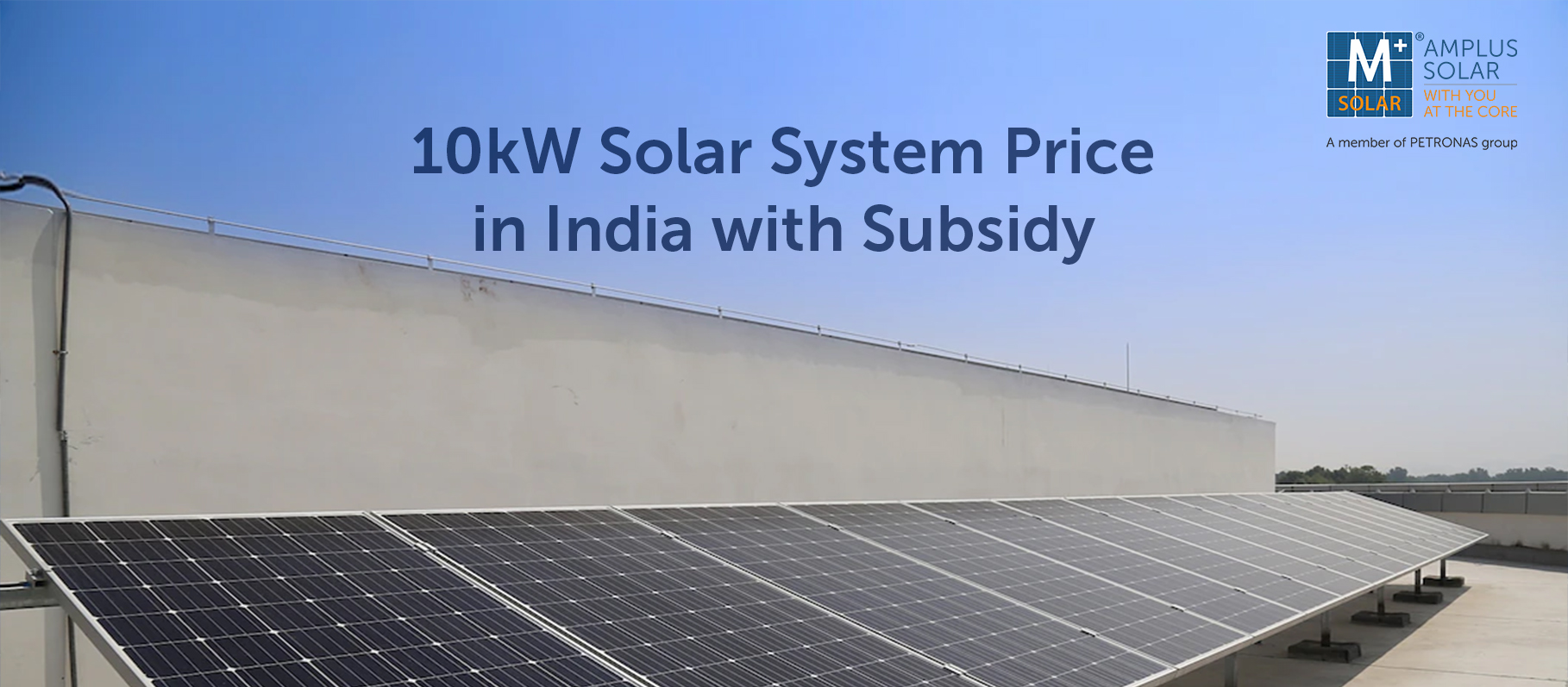 10kW Solar System Price in India...
10kW Solar System Price in India... 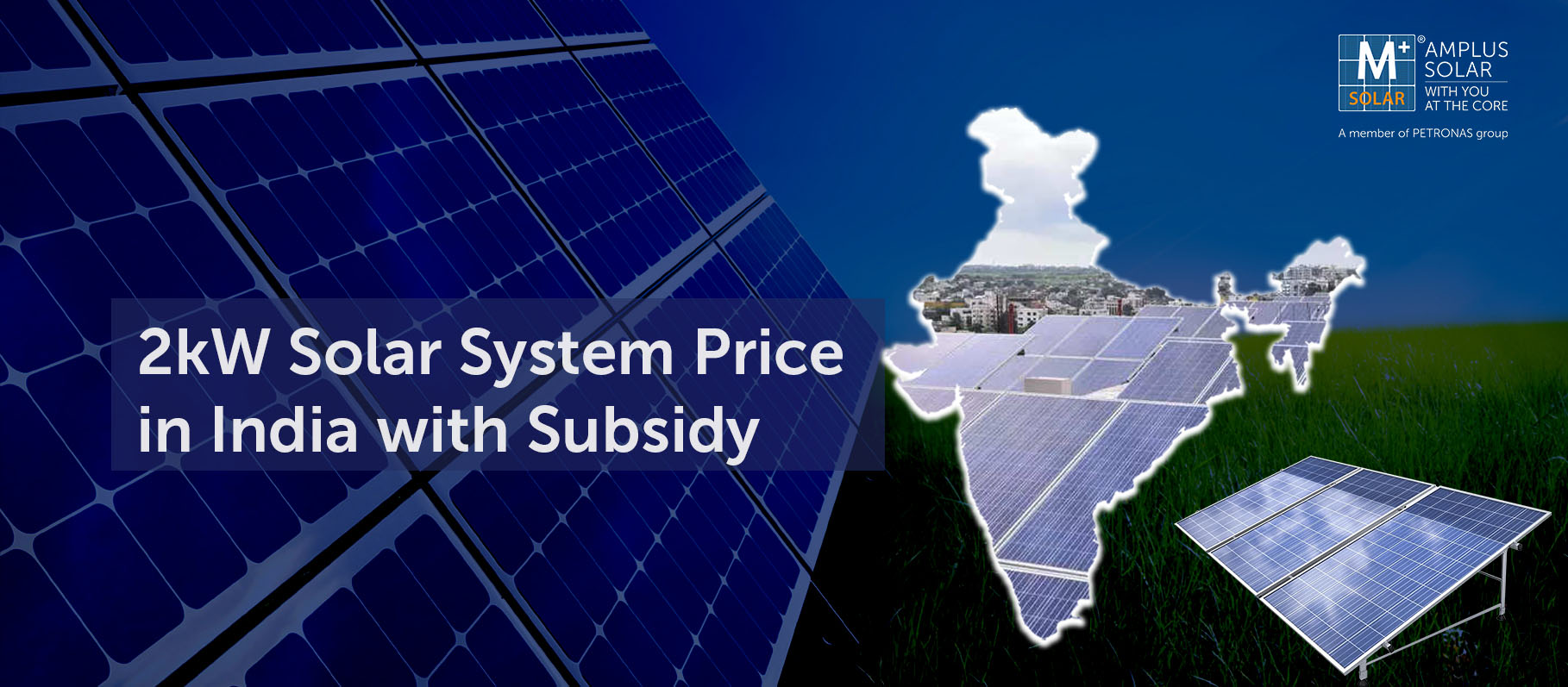 2kW Solar System Price in India...
2kW Solar System Price in India...  20kW Solar System Price in India...
20kW Solar System Price in India... 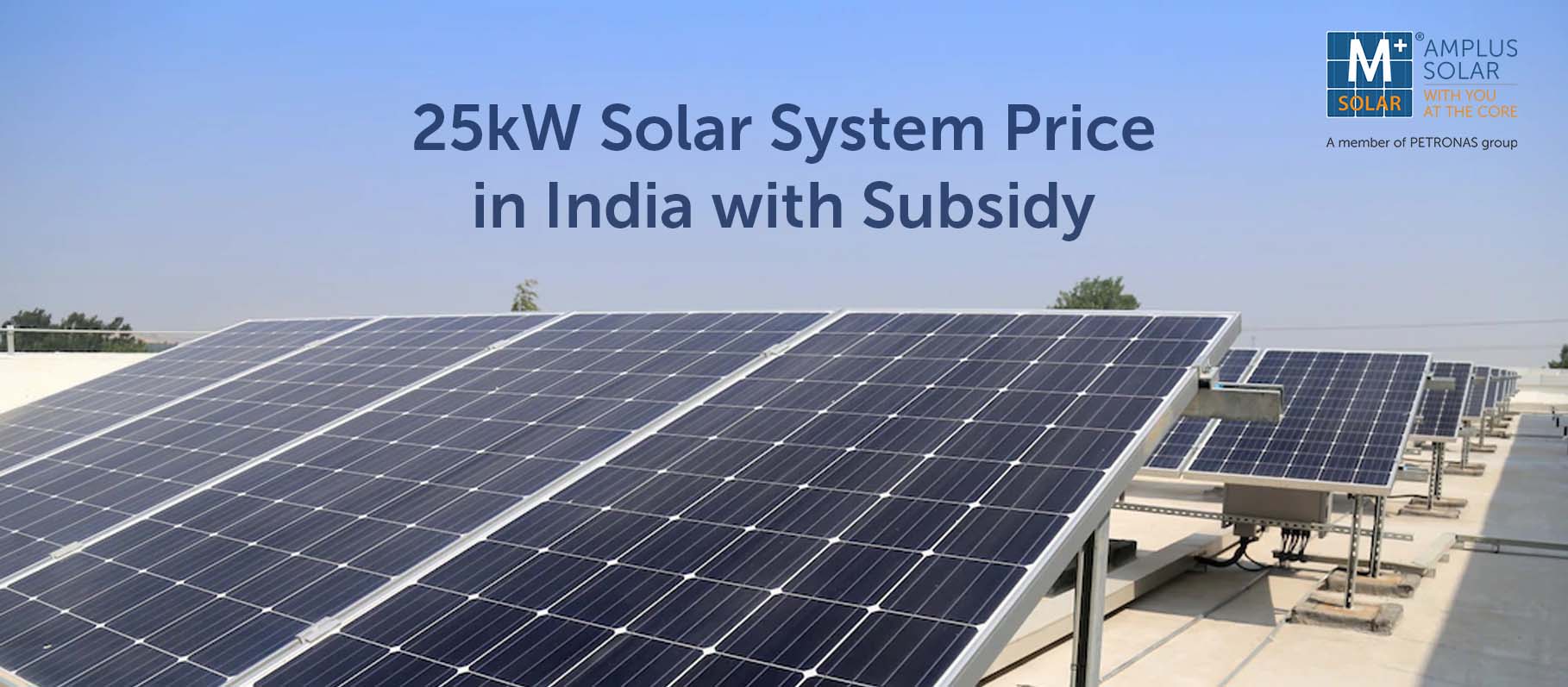 25kW Solar Panel System Price in...
25kW Solar Panel System Price in...  100kW Solar System Price in India...
100kW Solar System Price in India...  15 kW Solar System Price in...
15 kW Solar System Price in...  150 Watt Solar Panel Price in...
150 Watt Solar Panel Price in... 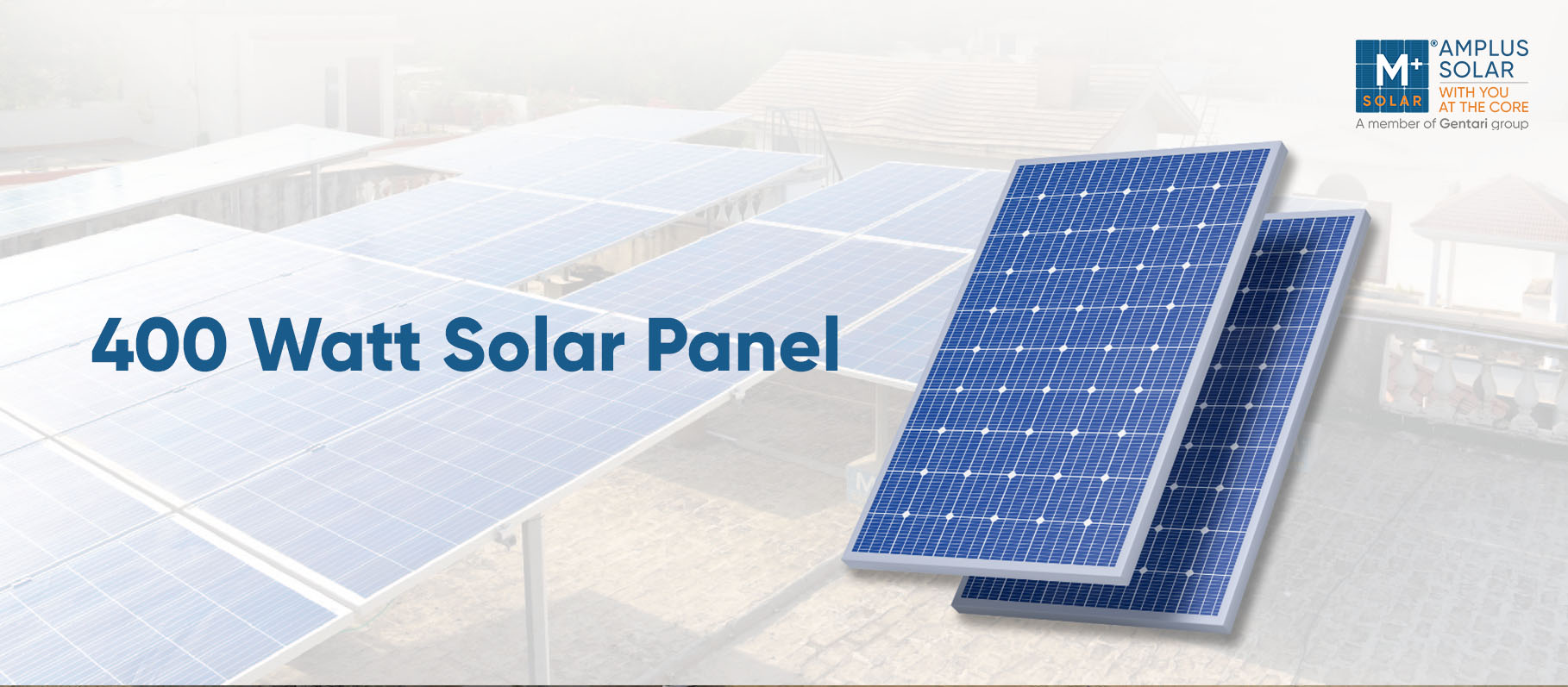 400 Watt Solar Panel Price in...
400 Watt Solar Panel Price in...  500 Watt Solar Panel Price in...
500 Watt Solar Panel Price in...  250 Watt Solar Panel Price in...
250 Watt Solar Panel Price in...  100 Watt Solar Panel Price in...
100 Watt Solar Panel Price in... 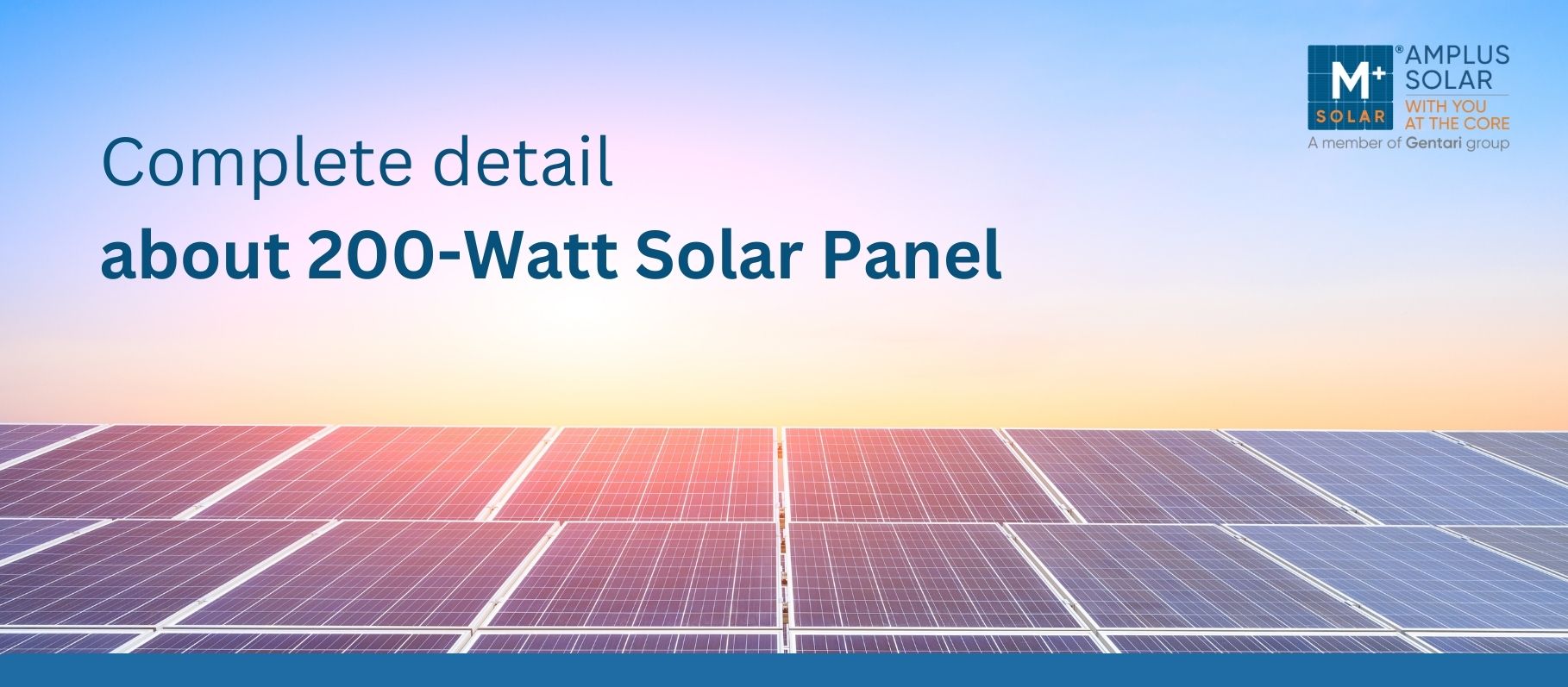 200 Watt Solar Panel Price in...
200 Watt Solar Panel Price in...  350 Watt Solar Panel Price in...
350 Watt Solar Panel Price in... 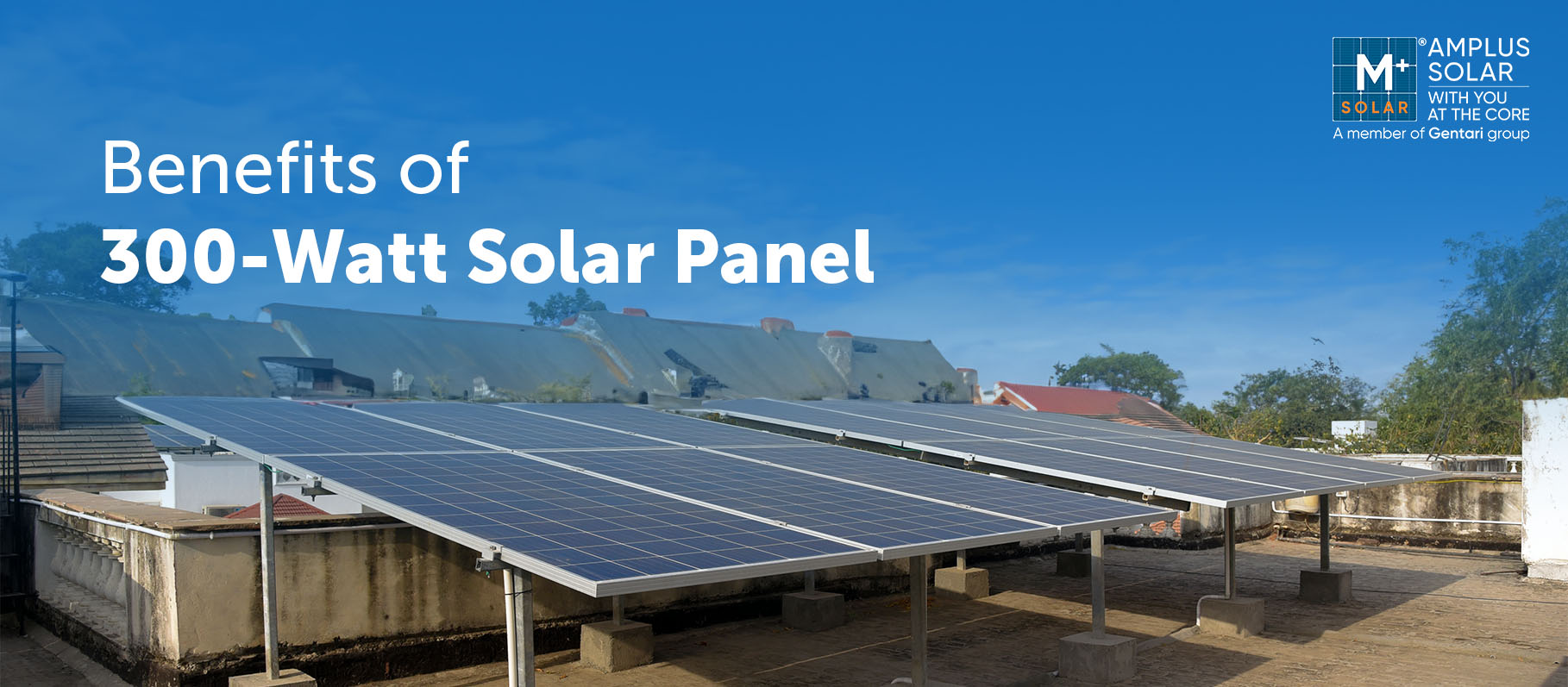 300 Watt Solar Panel Price in...
300 Watt Solar Panel Price in...  50 Watt Solar Panel Price in...
50 Watt Solar Panel Price in...  A Complete Guide To Bifacial Solar...
A Complete Guide To Bifacial Solar... 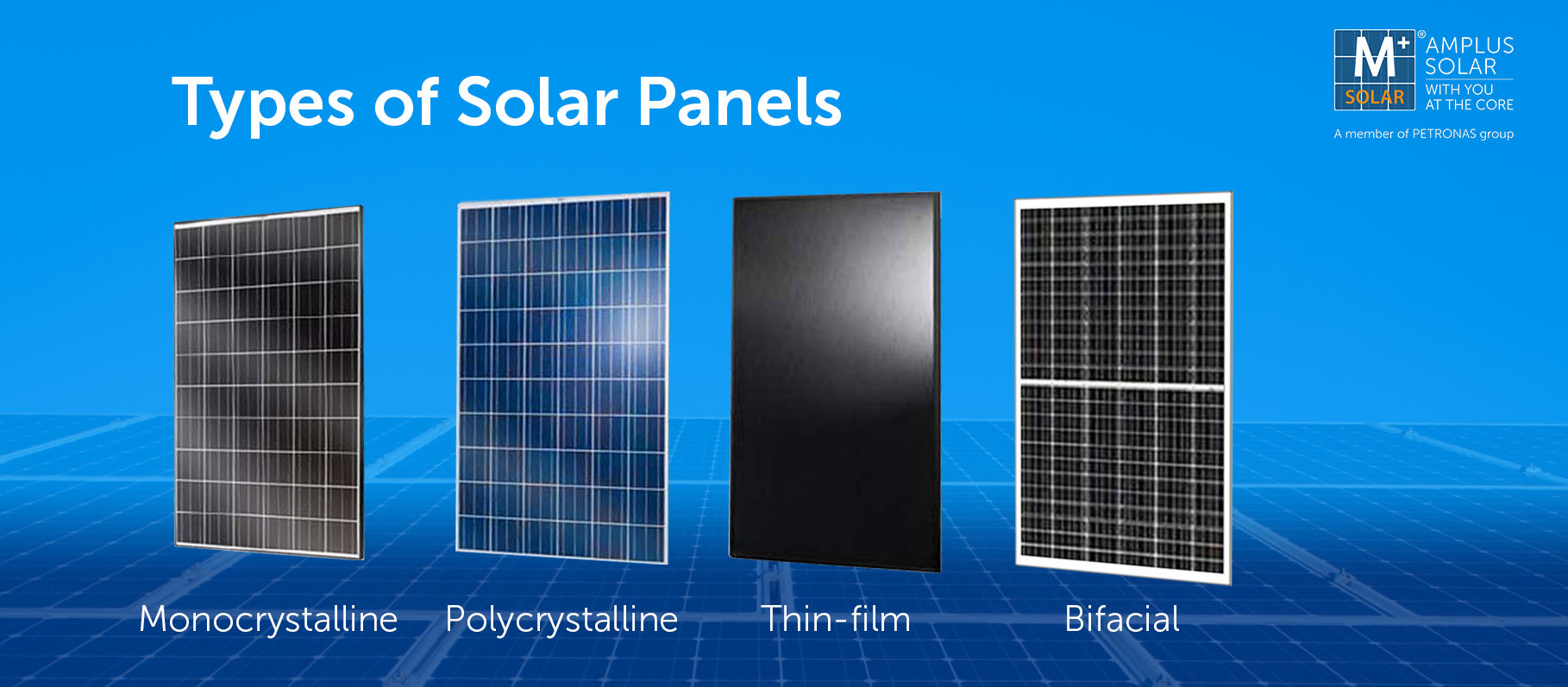 Complete Guide About Types of Solar...
Complete Guide About Types of Solar...  Net Metering: Know Everything About Net...
Net Metering: Know Everything About Net...  Solar Power Plant: Types, Benefits, Price,...
Solar Power Plant: Types, Benefits, Price,...  How to Install Solar Panels at...
How to Install Solar Panels at... 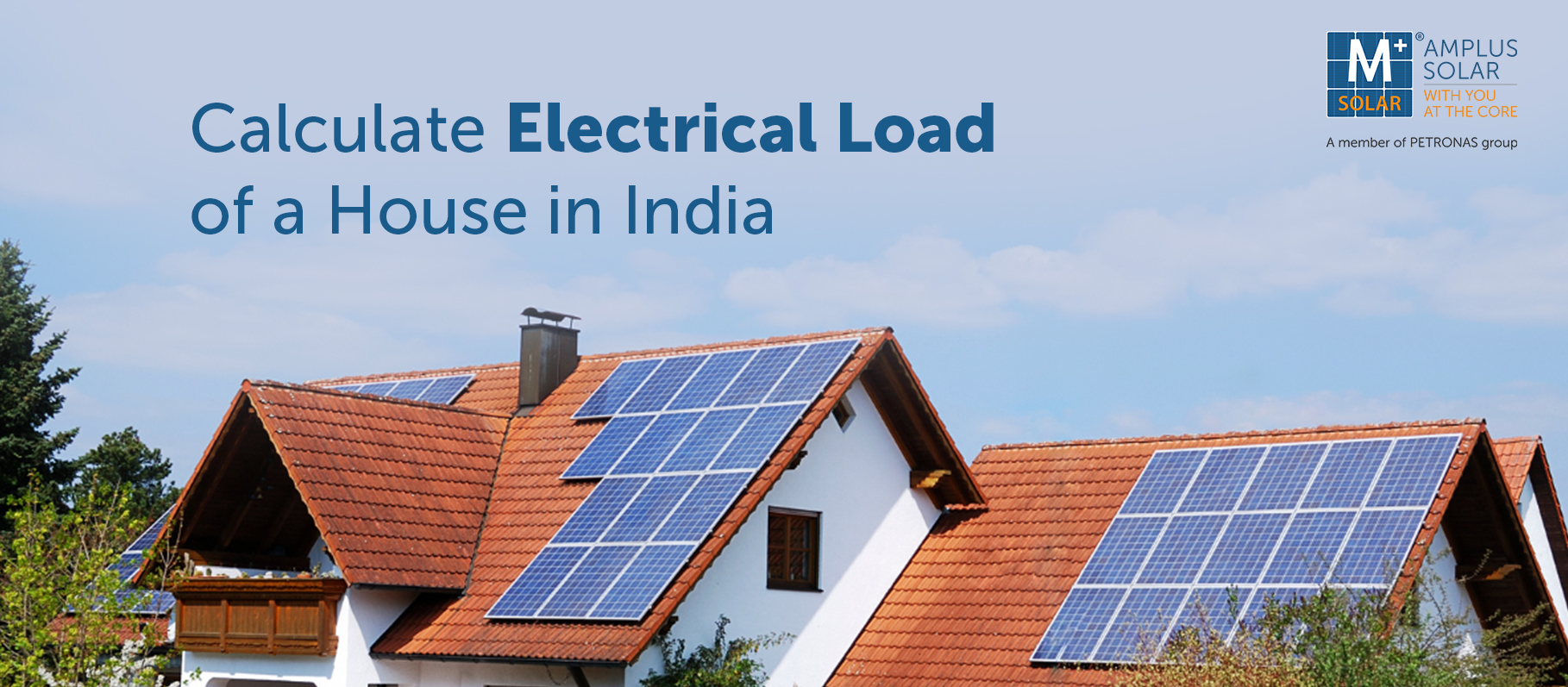 How to Calculate Electrical Load for...
How to Calculate Electrical Load for...  On Grid Solar System Price, Benefits,...
On Grid Solar System Price, Benefits,... 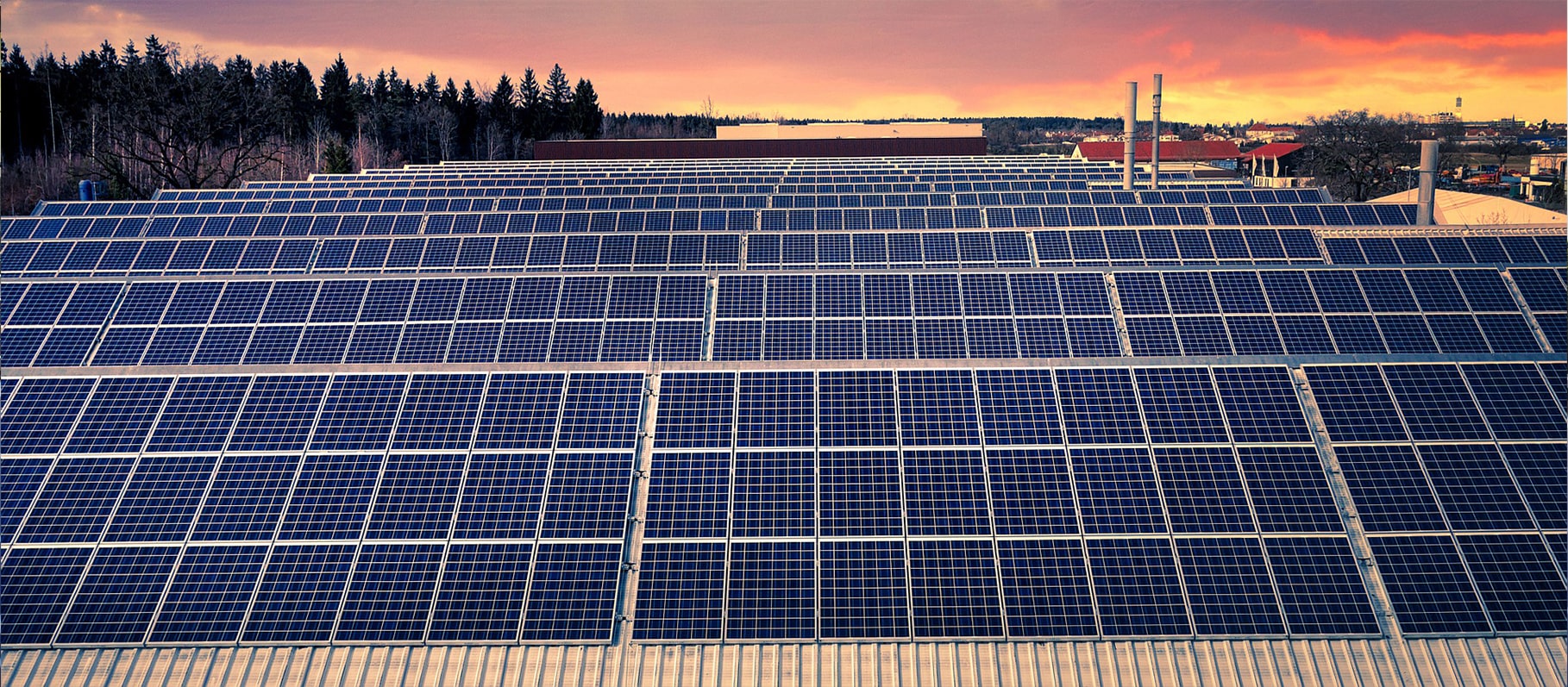 Opex vs Capex Solar Model: What...
Opex vs Capex Solar Model: What...  Performance of Solar Panels in Different...
Performance of Solar Panels in Different... 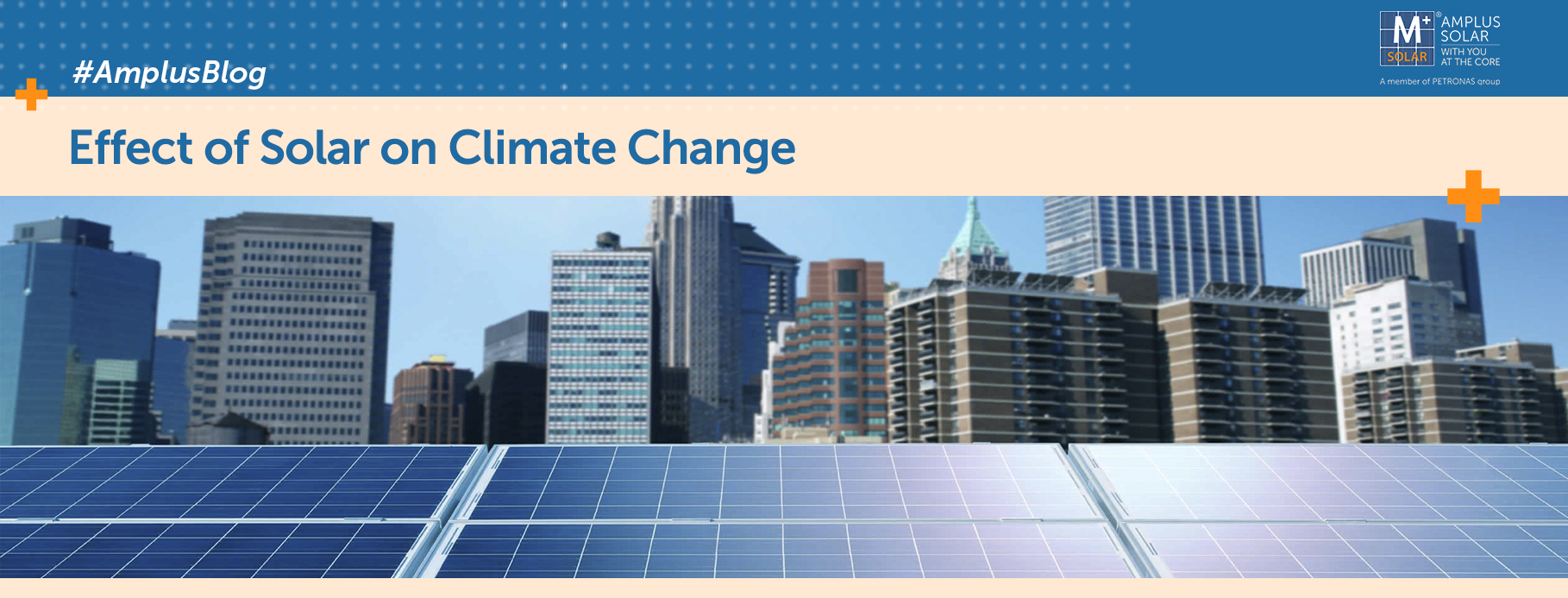 Effect of Solar on Climate Change
Effect of Solar on Climate Change 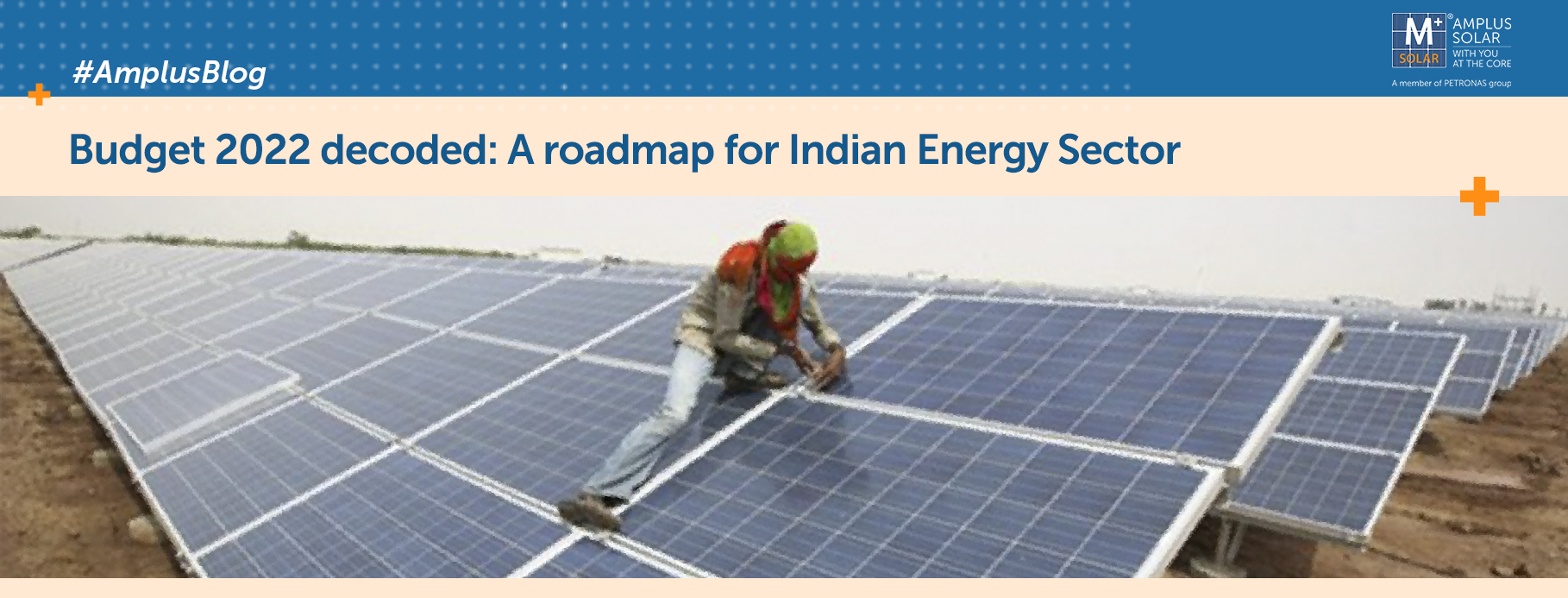 Budget 2022 decoded: A roadmap for...
Budget 2022 decoded: A roadmap for...  Top 5 Solar Farms in India...
Top 5 Solar Farms in India...  Energy Crisis in India and How...
Energy Crisis in India and How...  Importance of making the Switch to...
Importance of making the Switch to...  7 Advancements in Solar in 2021
7 Advancements in Solar in 2021  What The Future Holds For Solar...
What The Future Holds For Solar...  How to choose a Solar Power...
How to choose a Solar Power... 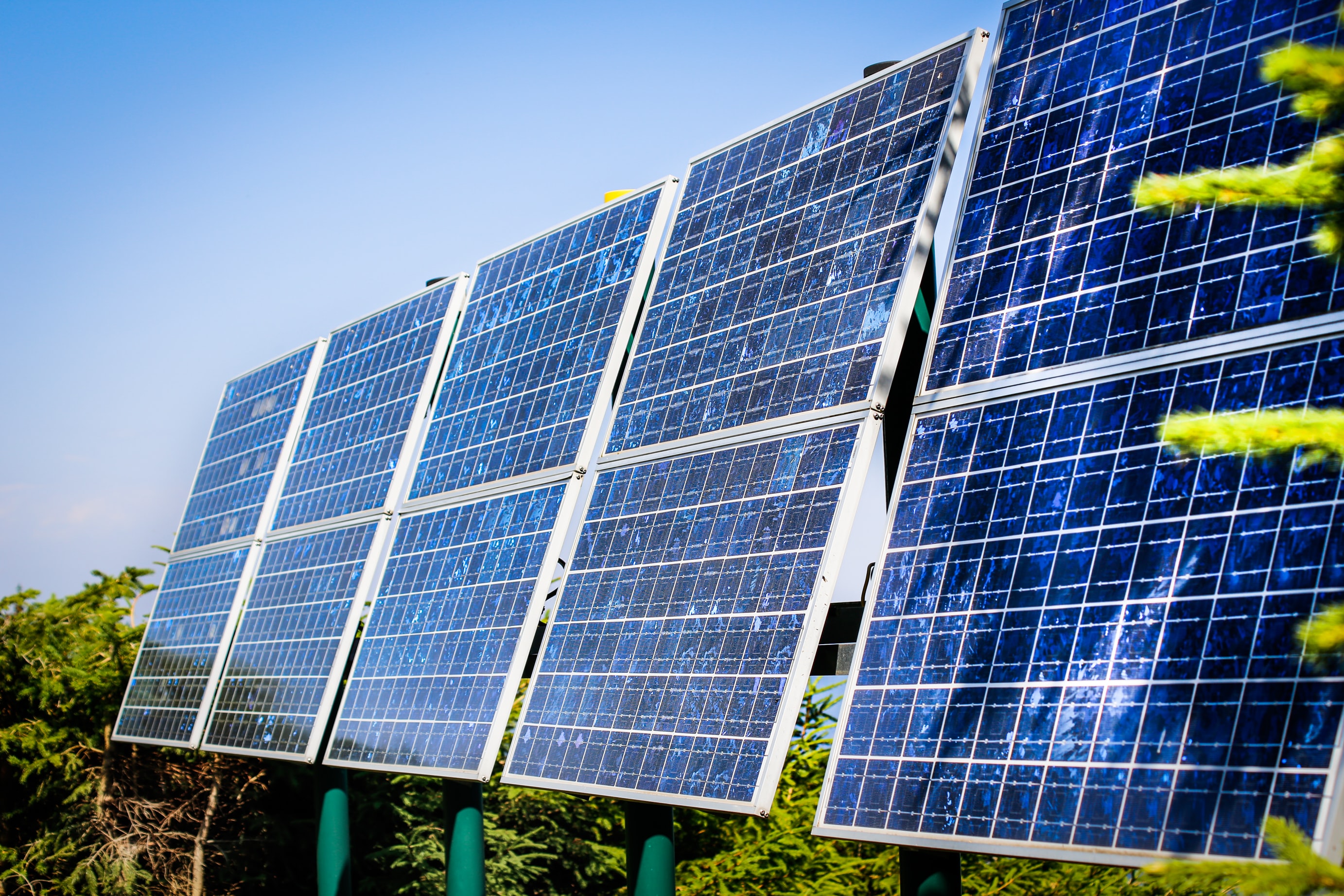 Evaluating the Revamping & Repowering opportunity...
Evaluating the Revamping & Repowering opportunity... 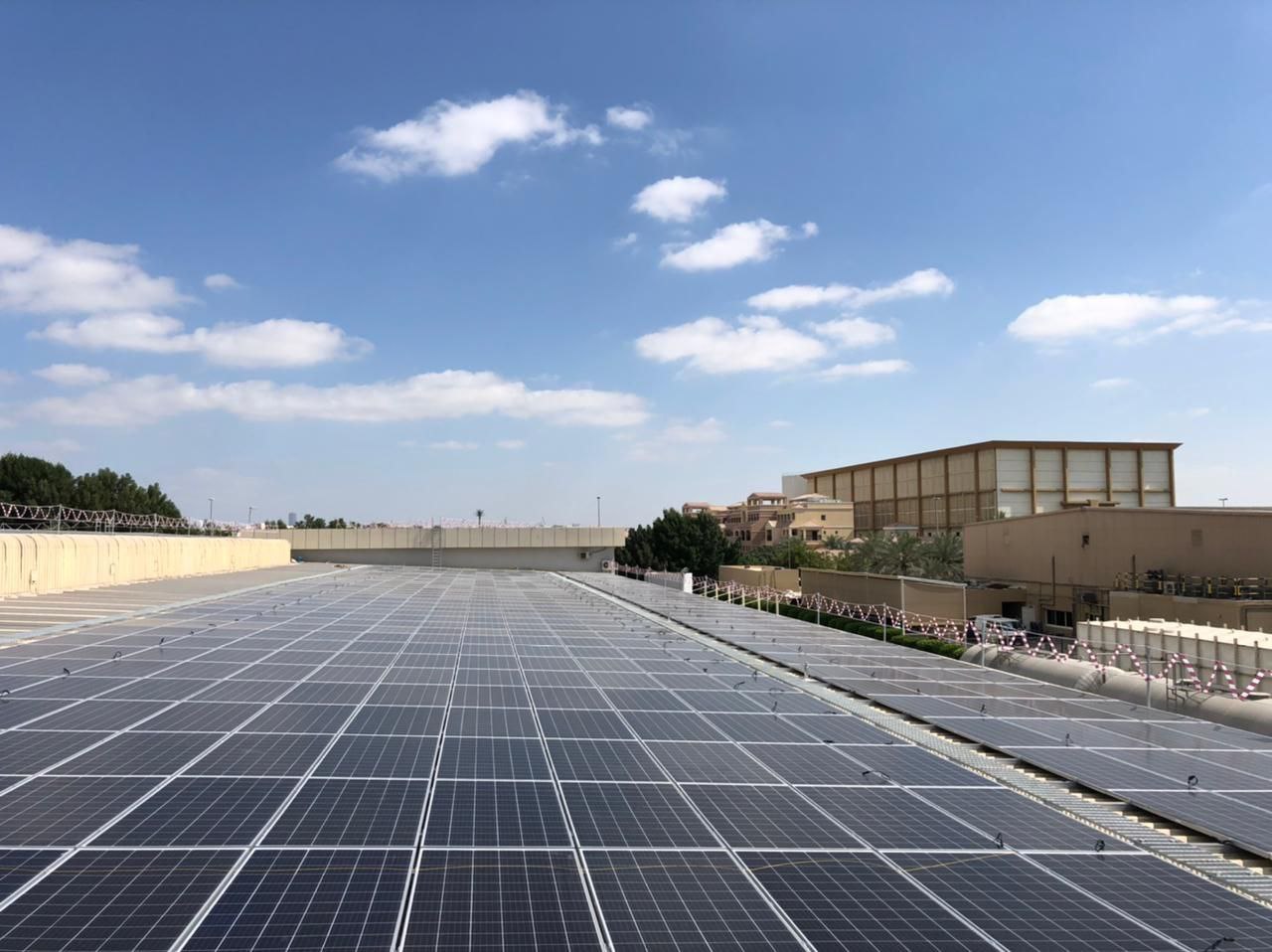 All You Need to Know about...
All You Need to Know about...  Choosing a Solar Contractor and Site...
Choosing a Solar Contractor and Site... 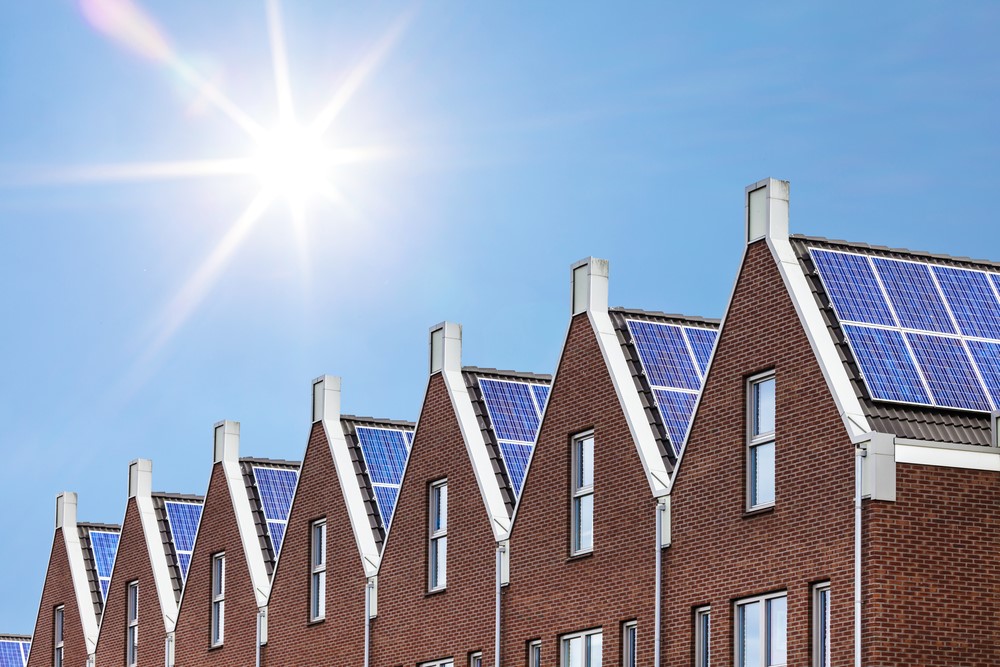 Benefits of Solar Power for Home
Benefits of Solar Power for Home 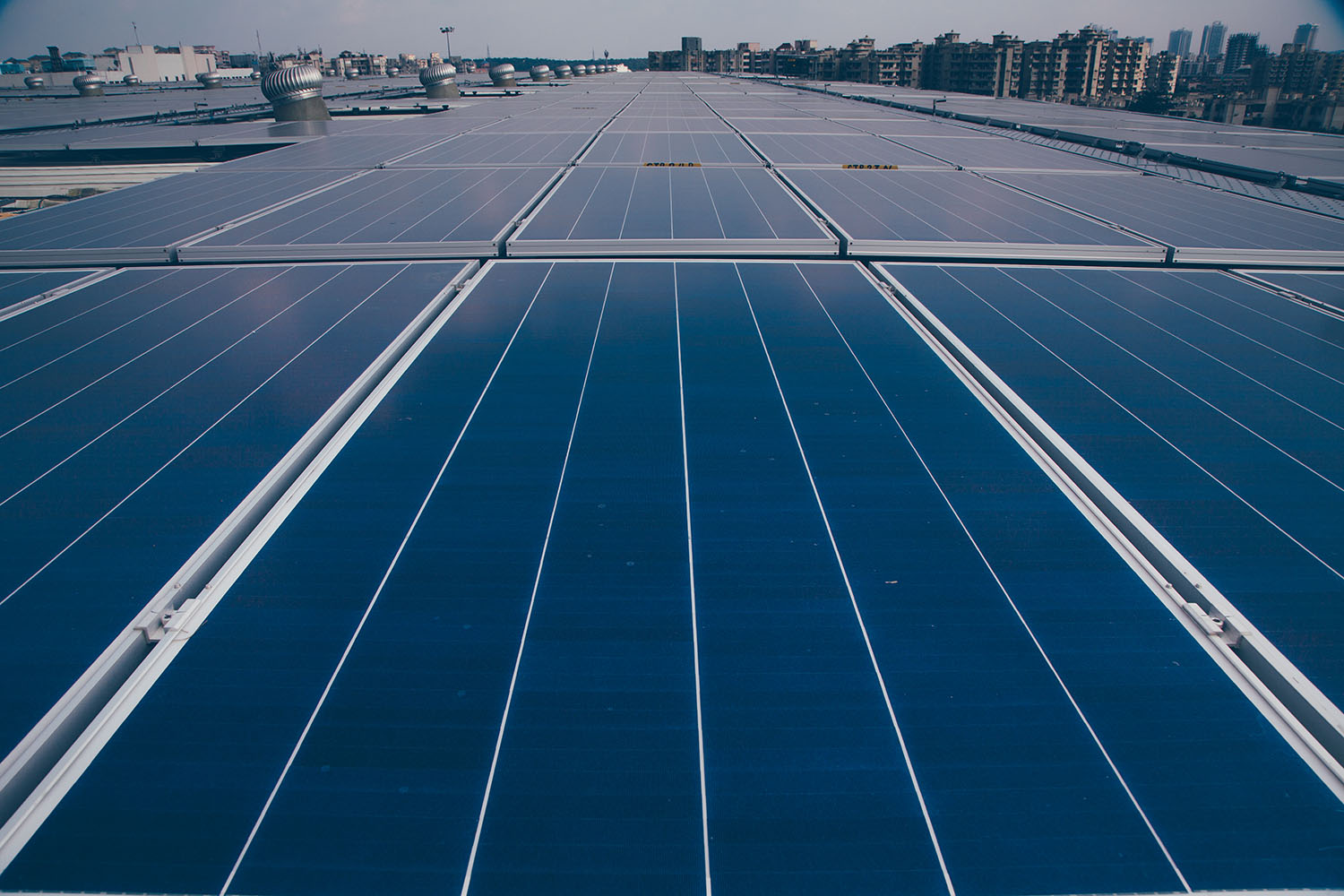 DECELERATING PV MODULE PRICES MAY START...
DECELERATING PV MODULE PRICES MAY START... 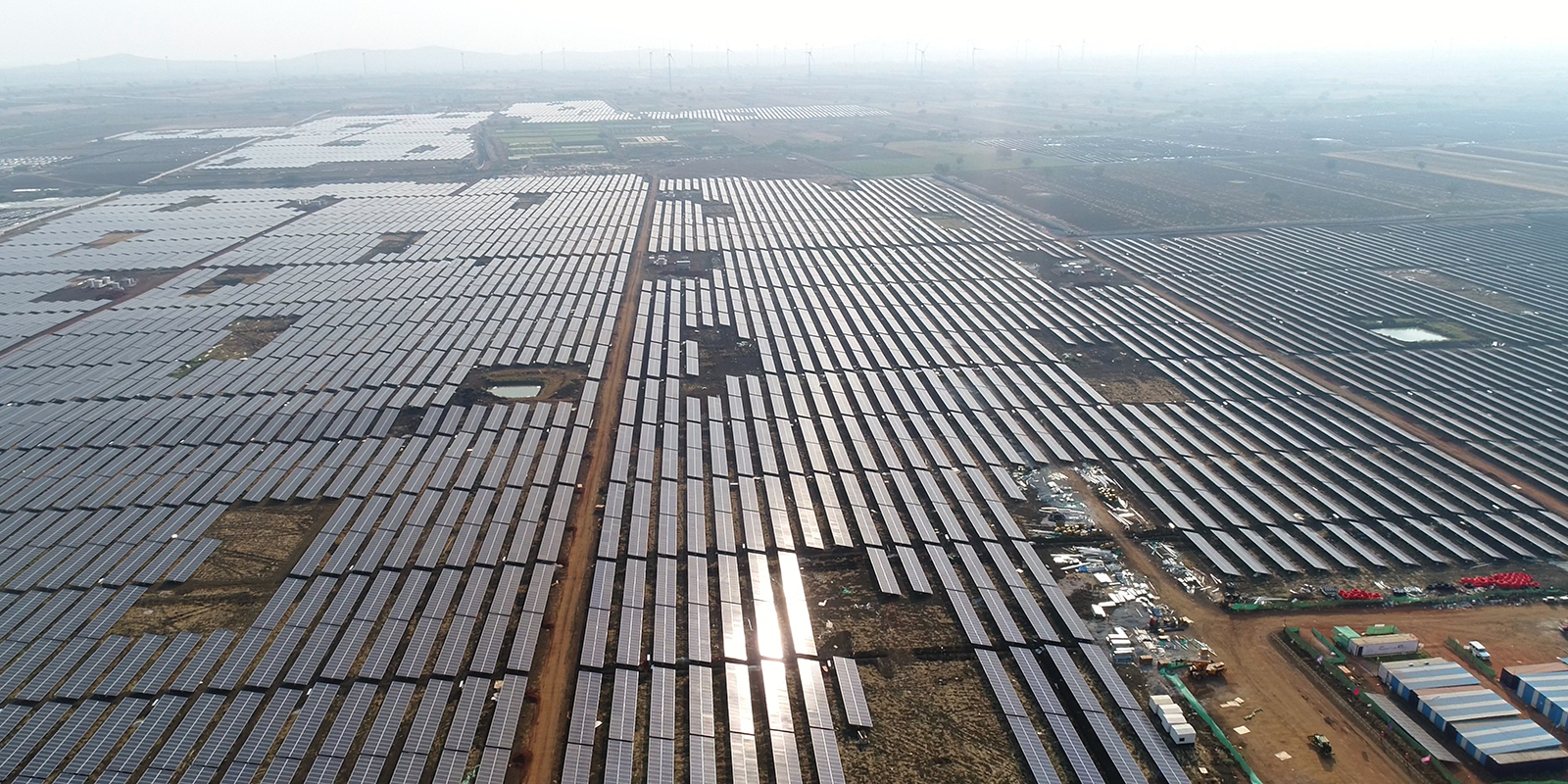 Contribution of Solar Energy in dealing...
Contribution of Solar Energy in dealing... 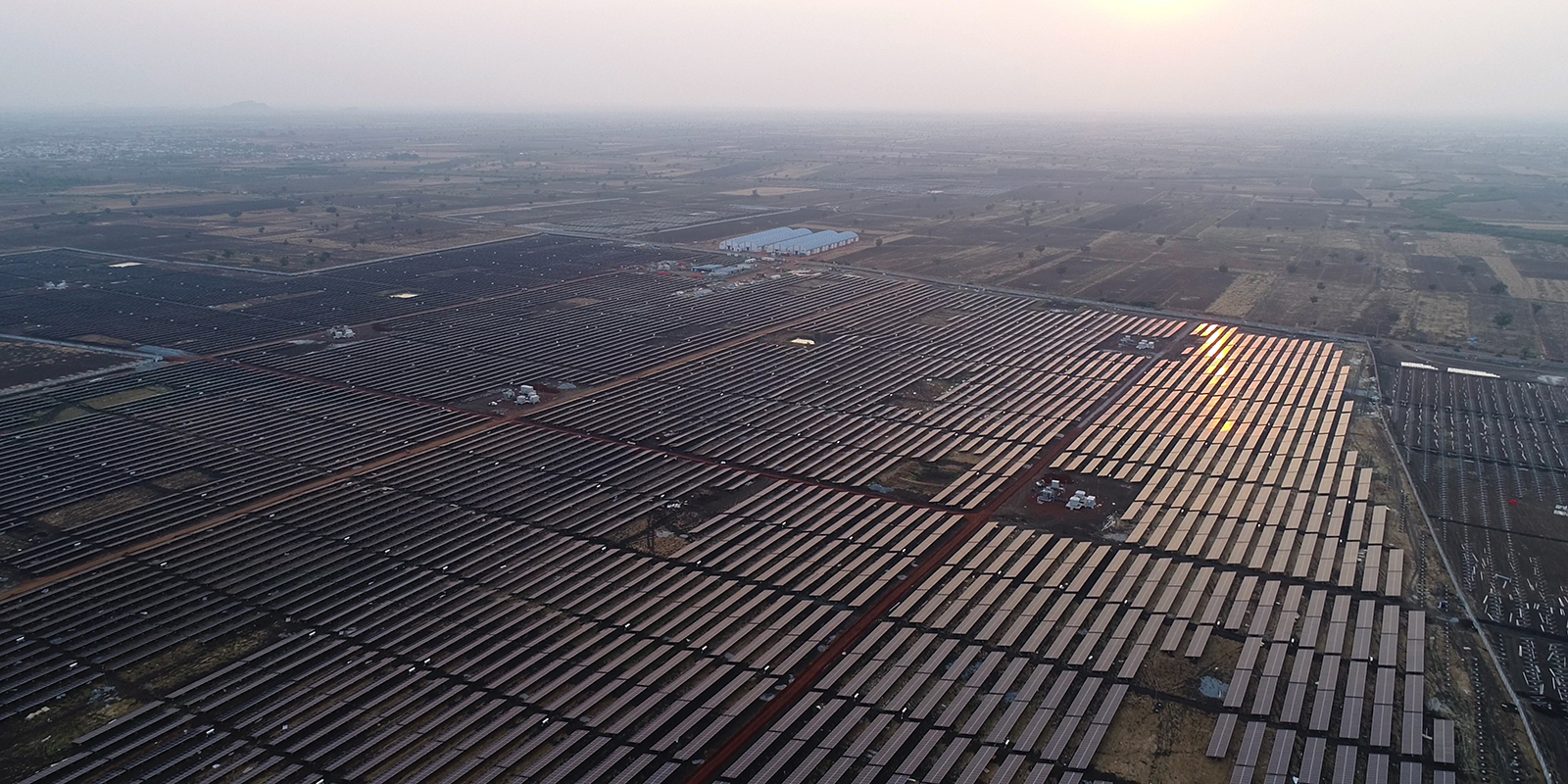 Increasing Role of Utility Service Providers...
Increasing Role of Utility Service Providers...  India’s Solar Developers Seek Reversal Of...
India’s Solar Developers Seek Reversal Of...  Is Solar Energy Low Maintenance?
Is Solar Energy Low Maintenance?  Solar Energy Policy in Gujarat
Solar Energy Policy in Gujarat 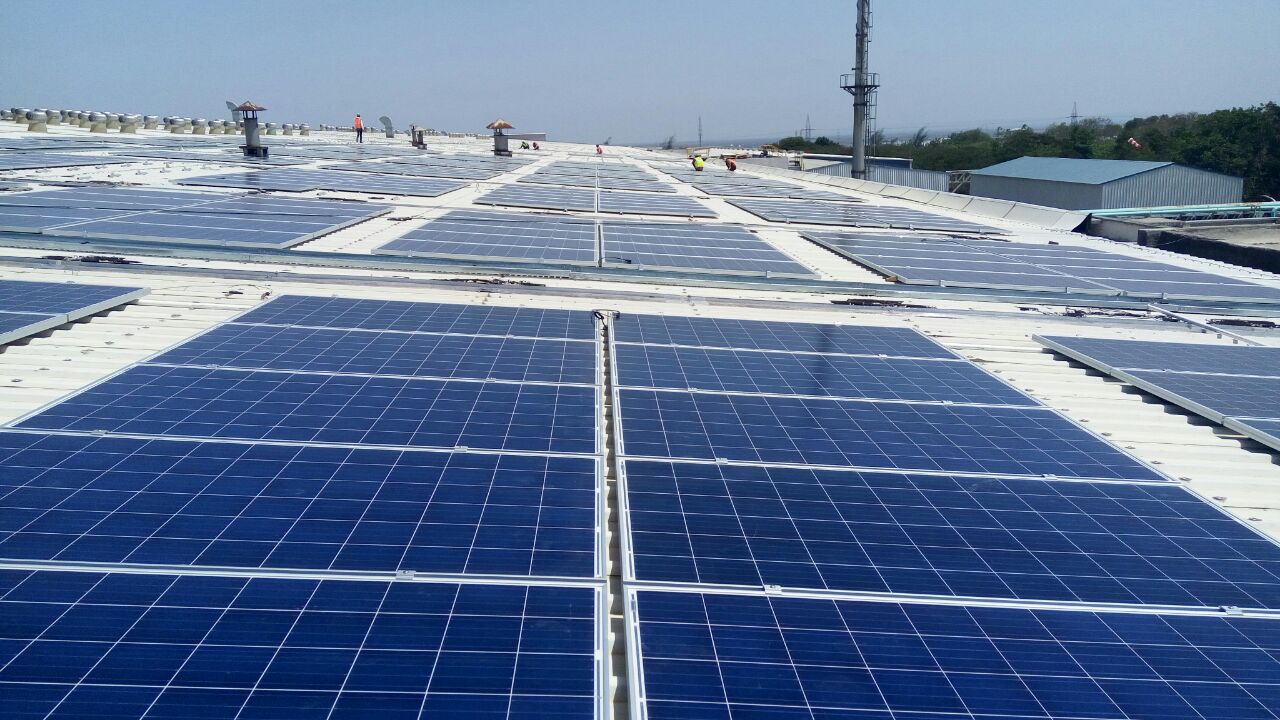 The Importance of Renewable Energy in...
The Importance of Renewable Energy in...  Blockchain in Electricity
Blockchain in Electricity  Narendra Modi’s India Facing Unique Solar...
Narendra Modi’s India Facing Unique Solar... 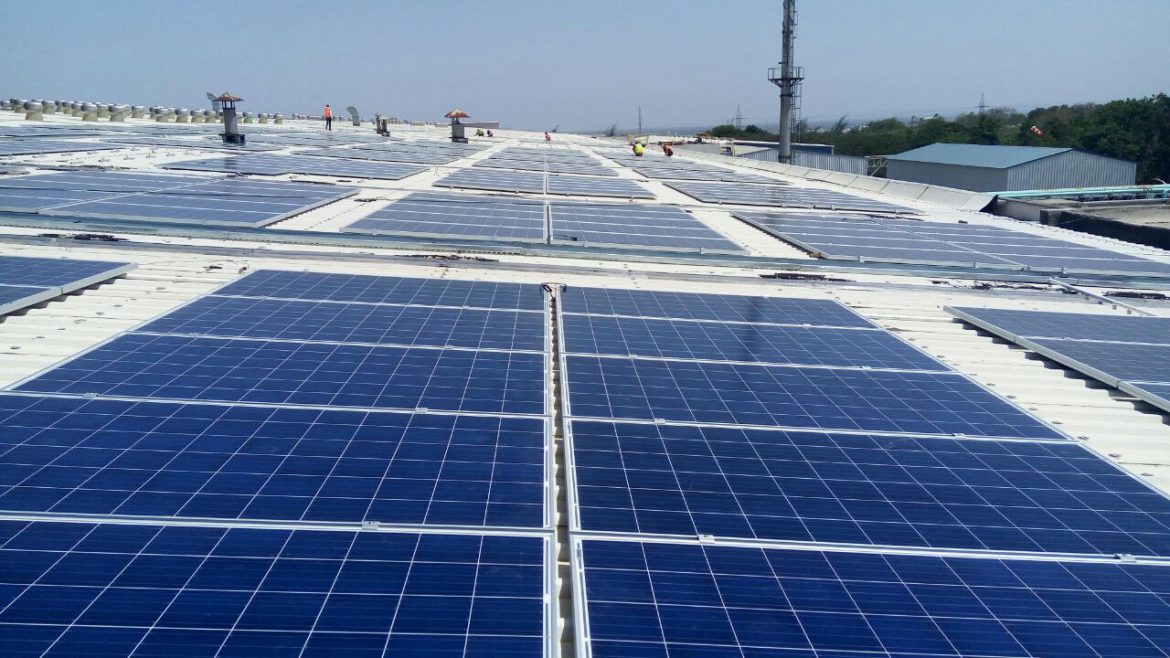 Changing Electricity Sector in India –...
Changing Electricity Sector in India –...  Net-Metering – An efficient system of...
Net-Metering – An efficient system of...  The Top Government Programes in the...
The Top Government Programes in the... 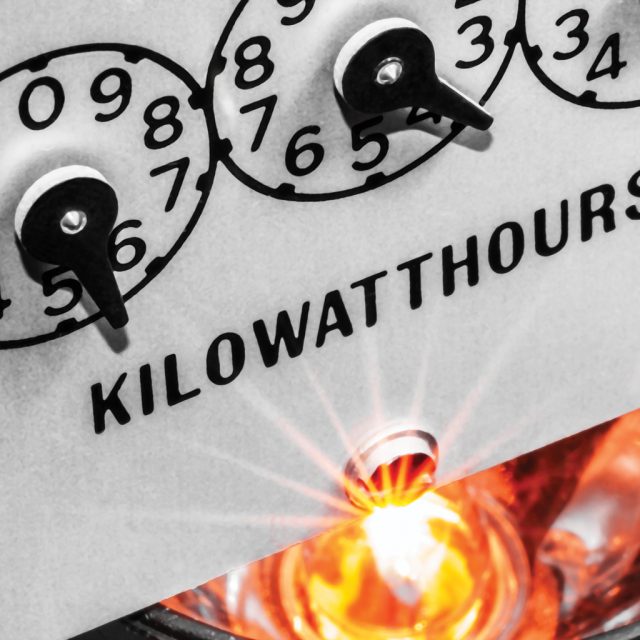 Challenges in Net-Metering
Challenges in Net-Metering  What are the Solar Schemes in...
What are the Solar Schemes in...  The Top 10 Solar Power Companies...
The Top 10 Solar Power Companies...  Grid of the Future
Grid of the Future  Global Commitment to RE-100
Global Commitment to RE-100  Pay-As-You-Go Solar Energy Companies Spread Light...
Pay-As-You-Go Solar Energy Companies Spread Light...  Everything About Paris Cimate Agreement
Everything About Paris Cimate Agreement  Solar Energy: Myths and Truths
Solar Energy: Myths and Truths  What to ask yourself before installing...
What to ask yourself before installing...  How Energy Efficiences are needed today
How Energy Efficiences are needed today  Top 5 Solar Energy Trends in...
Top 5 Solar Energy Trends in...  Why are Solar Tariffs going down...
Why are Solar Tariffs going down...  How China is Leading the World...
How China is Leading the World... 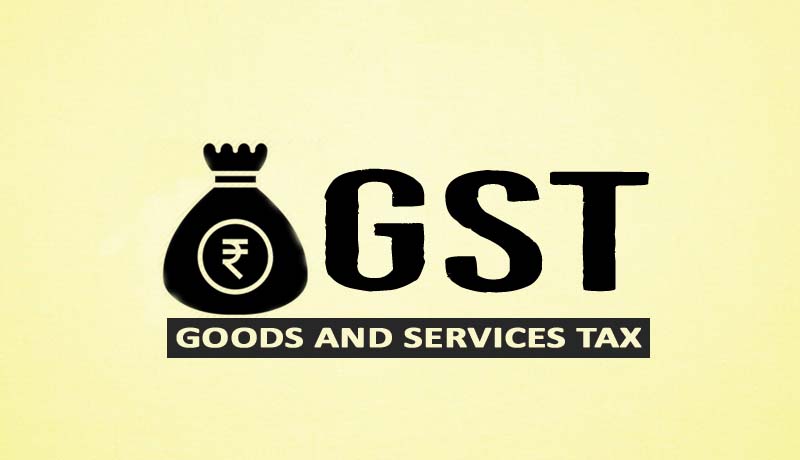 GST- A boon or a bane...
GST- A boon or a bane... 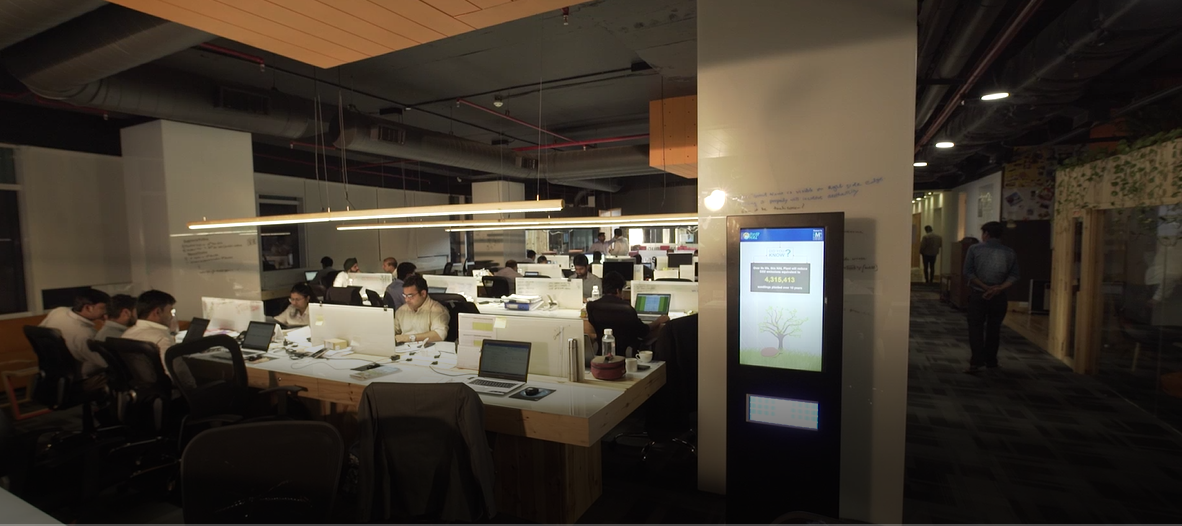 10 Ways to Make Your Organization...
10 Ways to Make Your Organization... 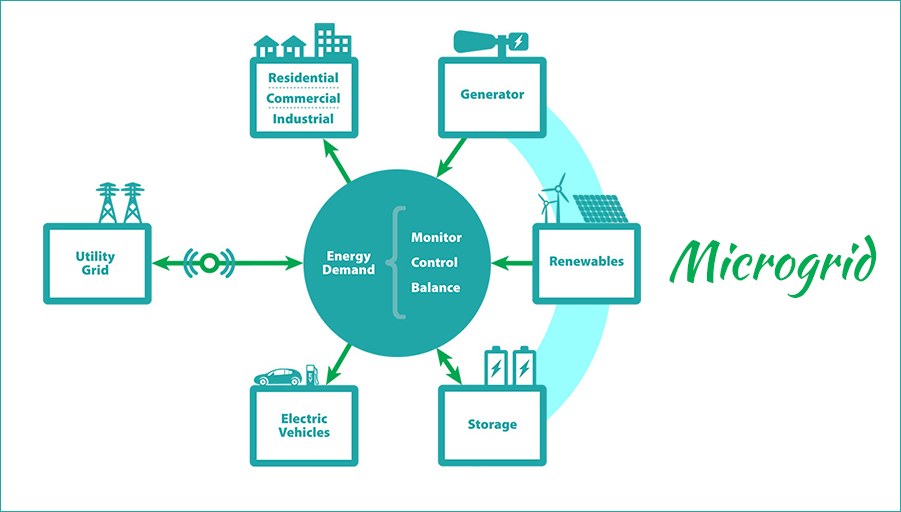 Microgrids- The future?
Microgrids- The future?  3 Pillars of Solar Asset Management-...
3 Pillars of Solar Asset Management-...  Amplus Solar: Growing Greener
Amplus Solar: Growing Greener 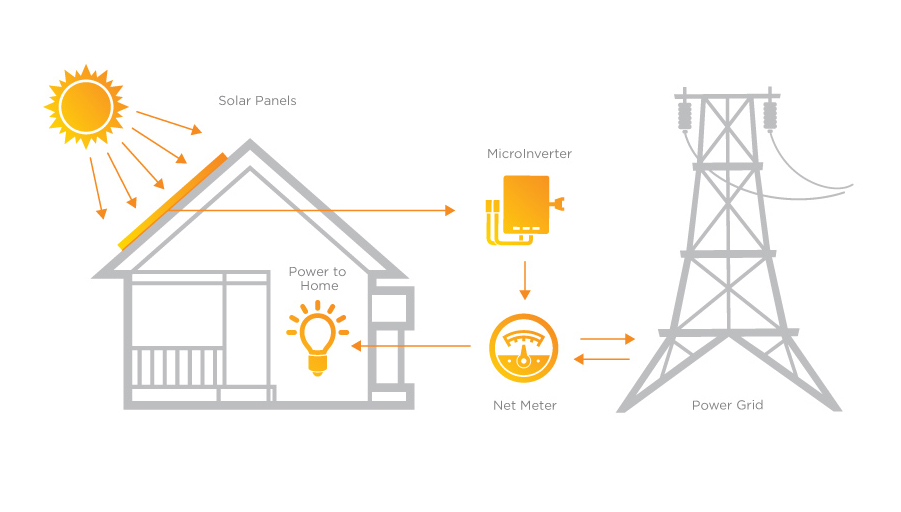 Net Metering: A Boon or a...
Net Metering: A Boon or a...  Amplus Solar, Lighting Your Lives
Amplus Solar, Lighting Your Lives  Why Would You Want to Use...
Why Would You Want to Use... 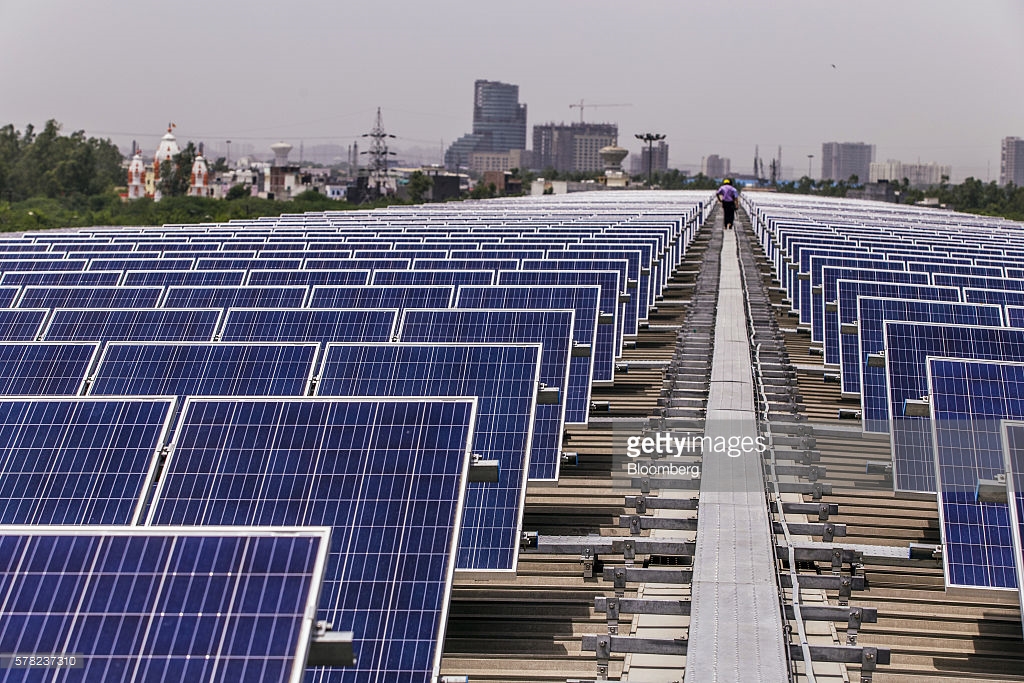 Your Own Solar Plant at Zero...
Your Own Solar Plant at Zero...  Solar Energy: The Key to Unlimited...
Solar Energy: The Key to Unlimited...  Top Builders Rush to Install Solar...
Top Builders Rush to Install Solar...
Leave a Comment